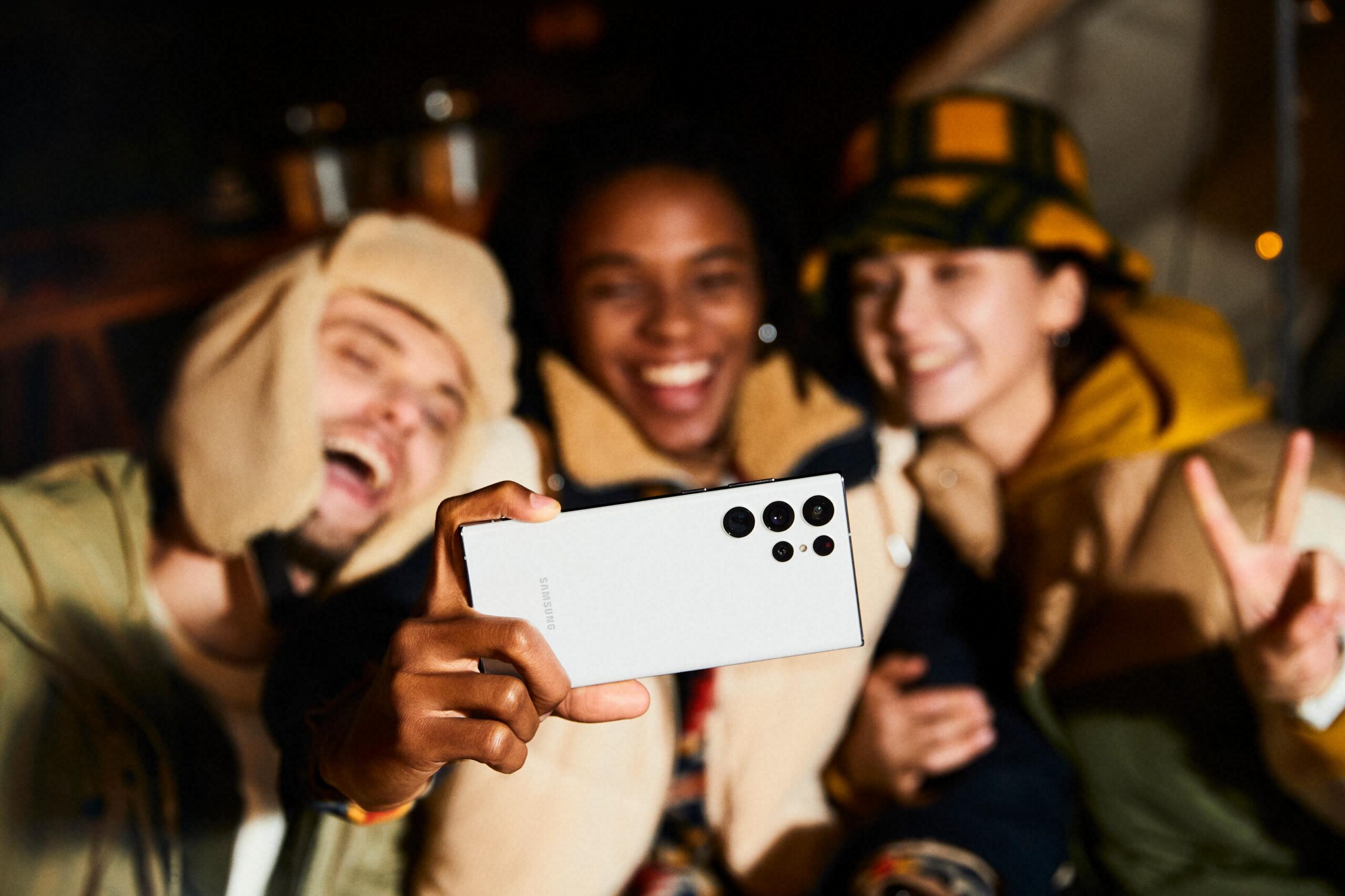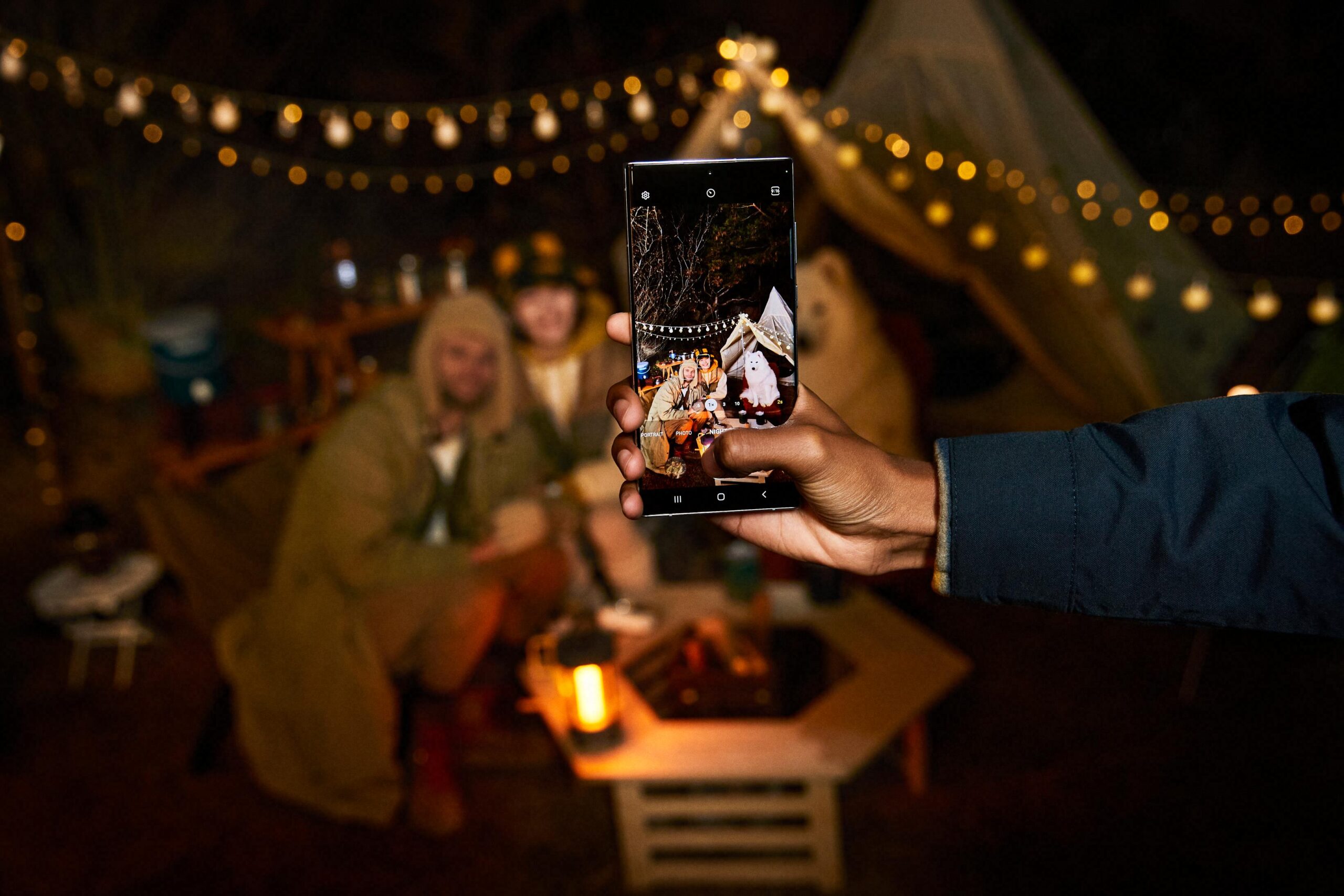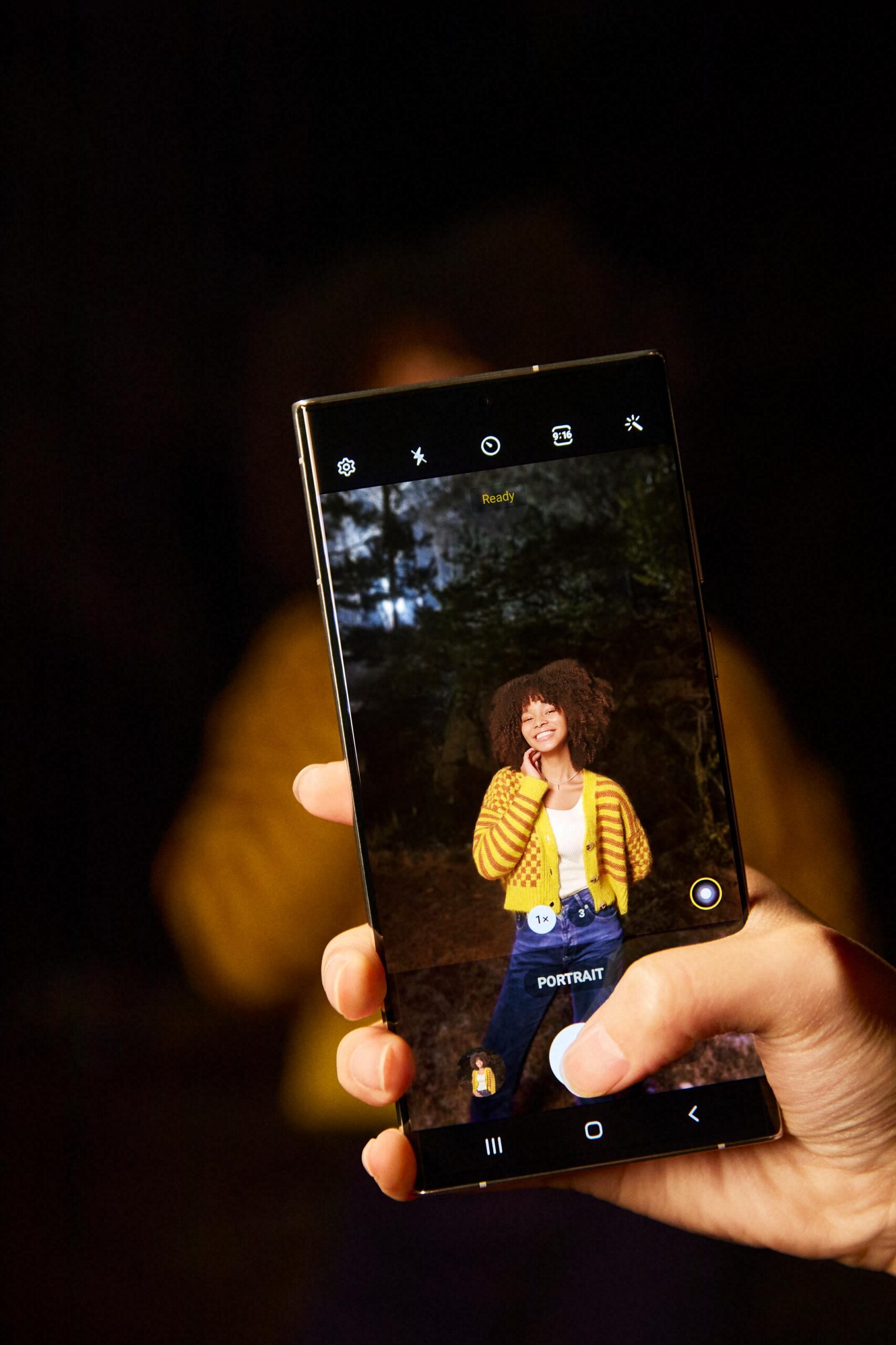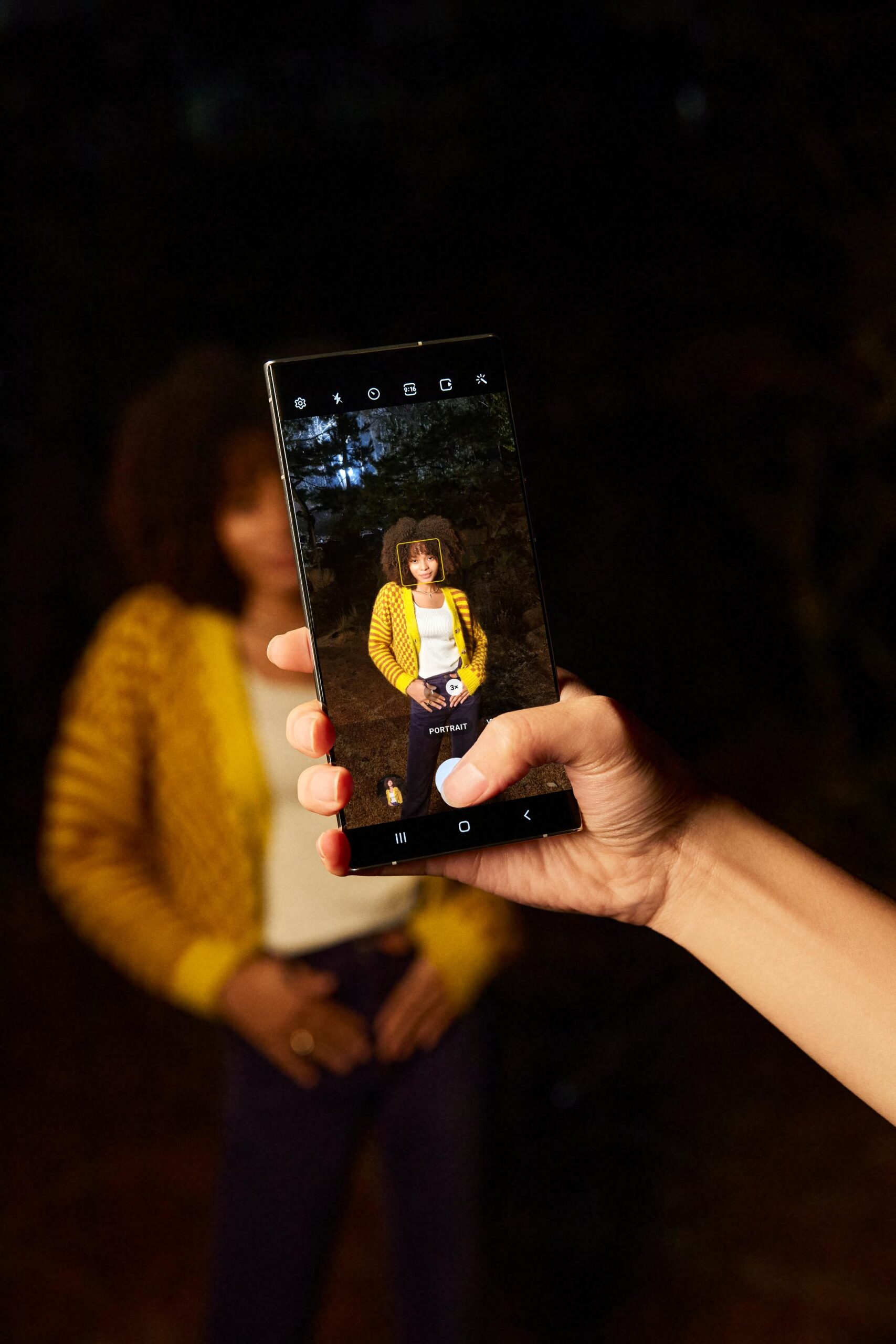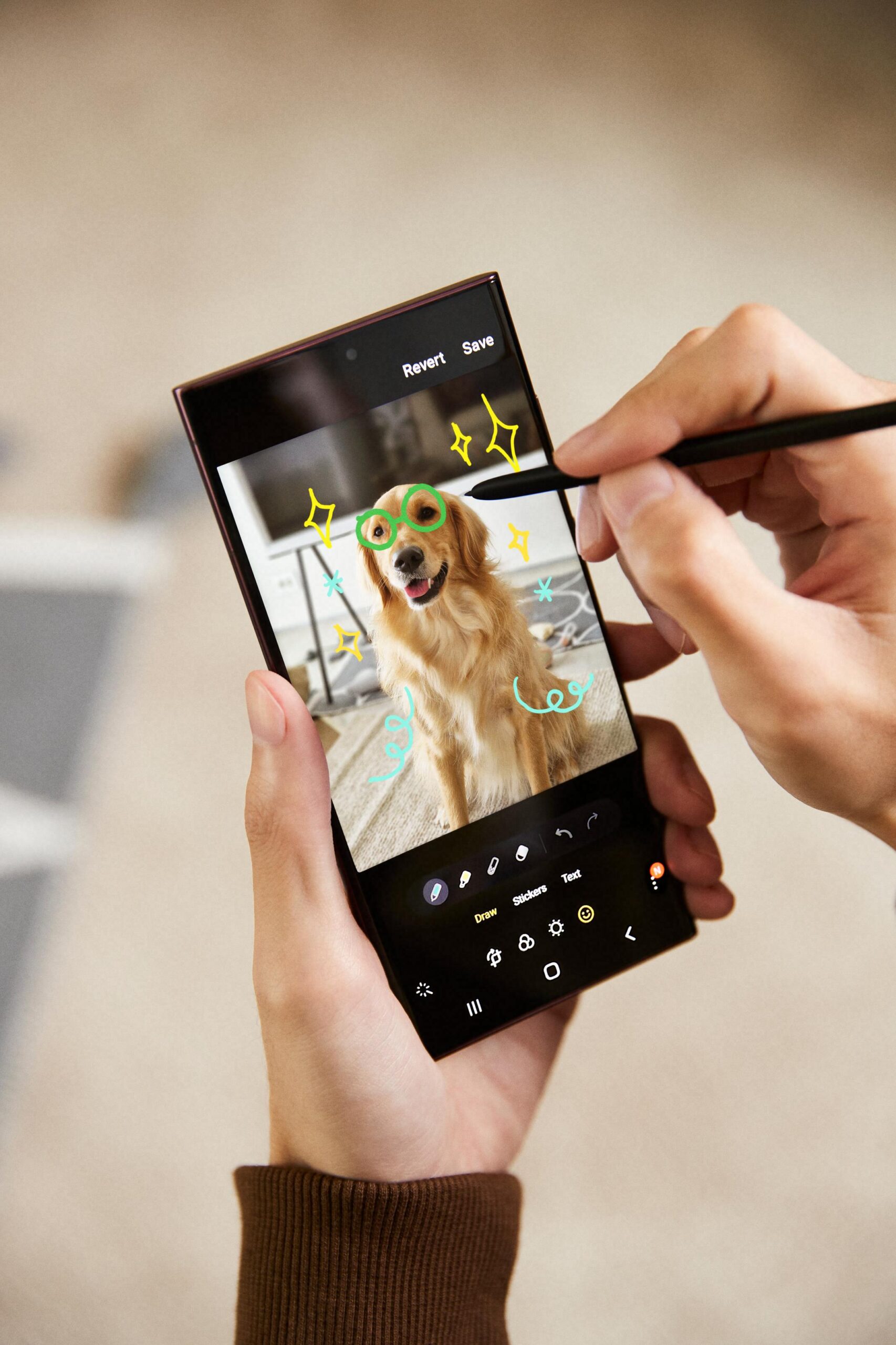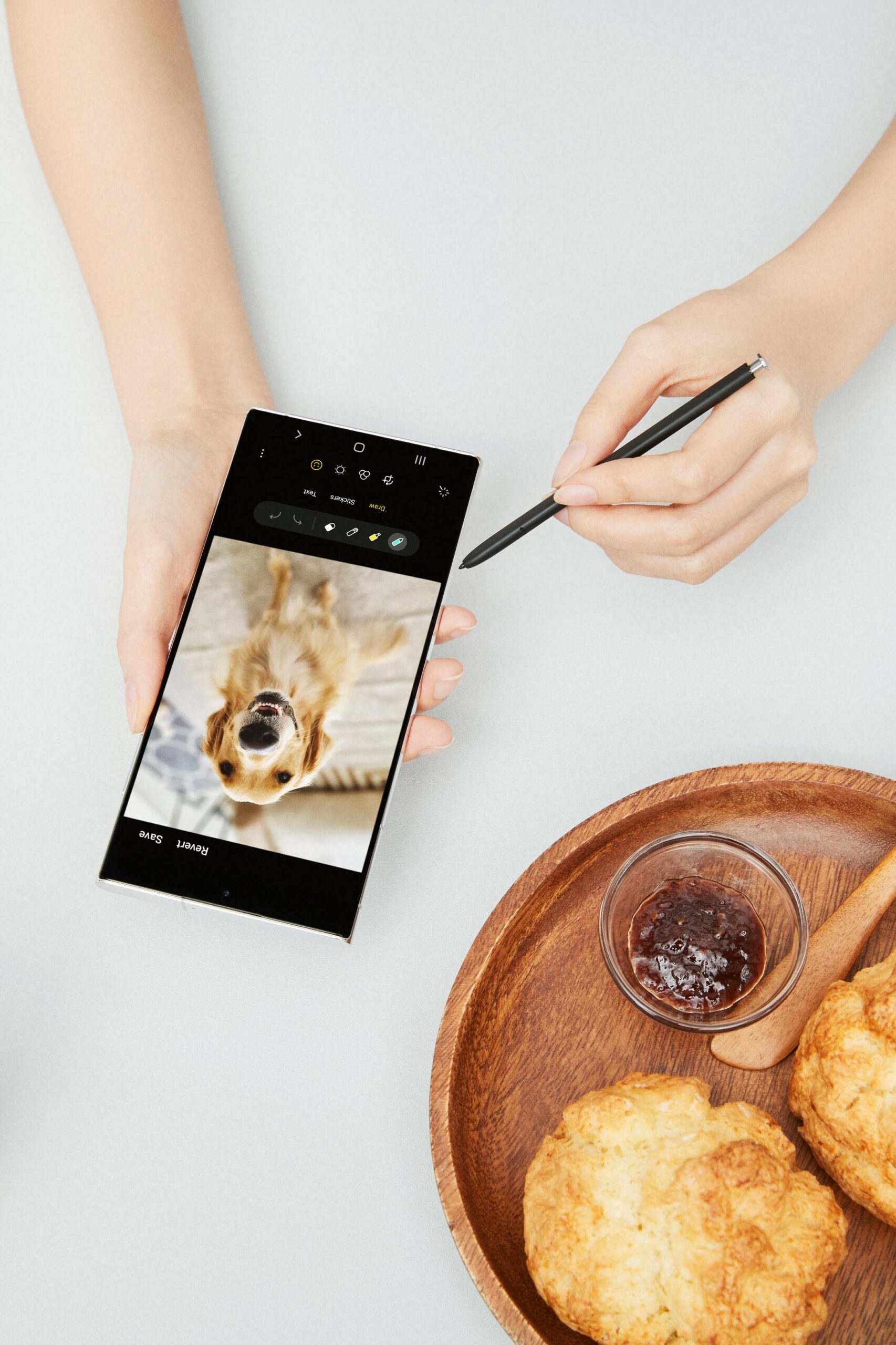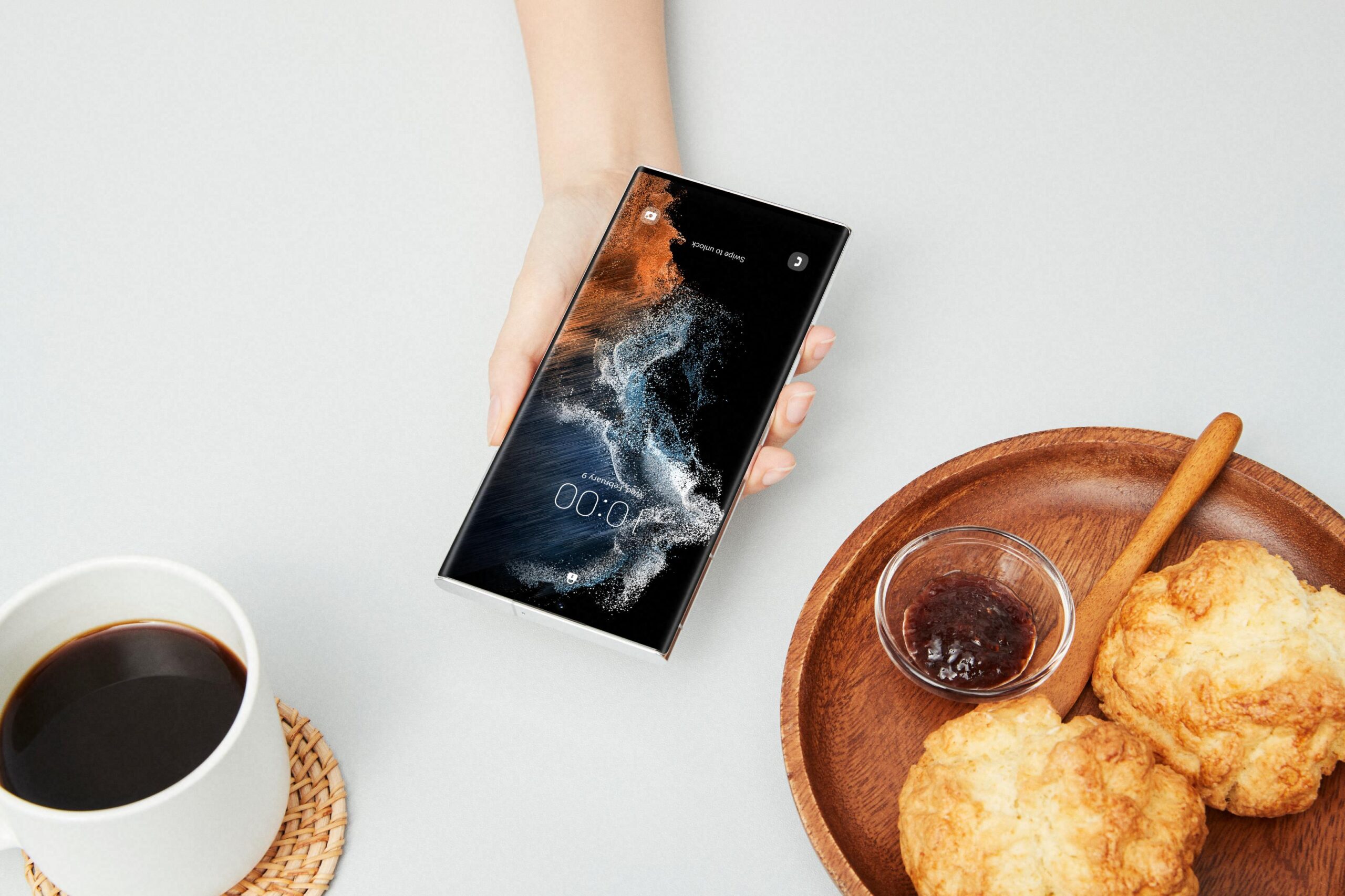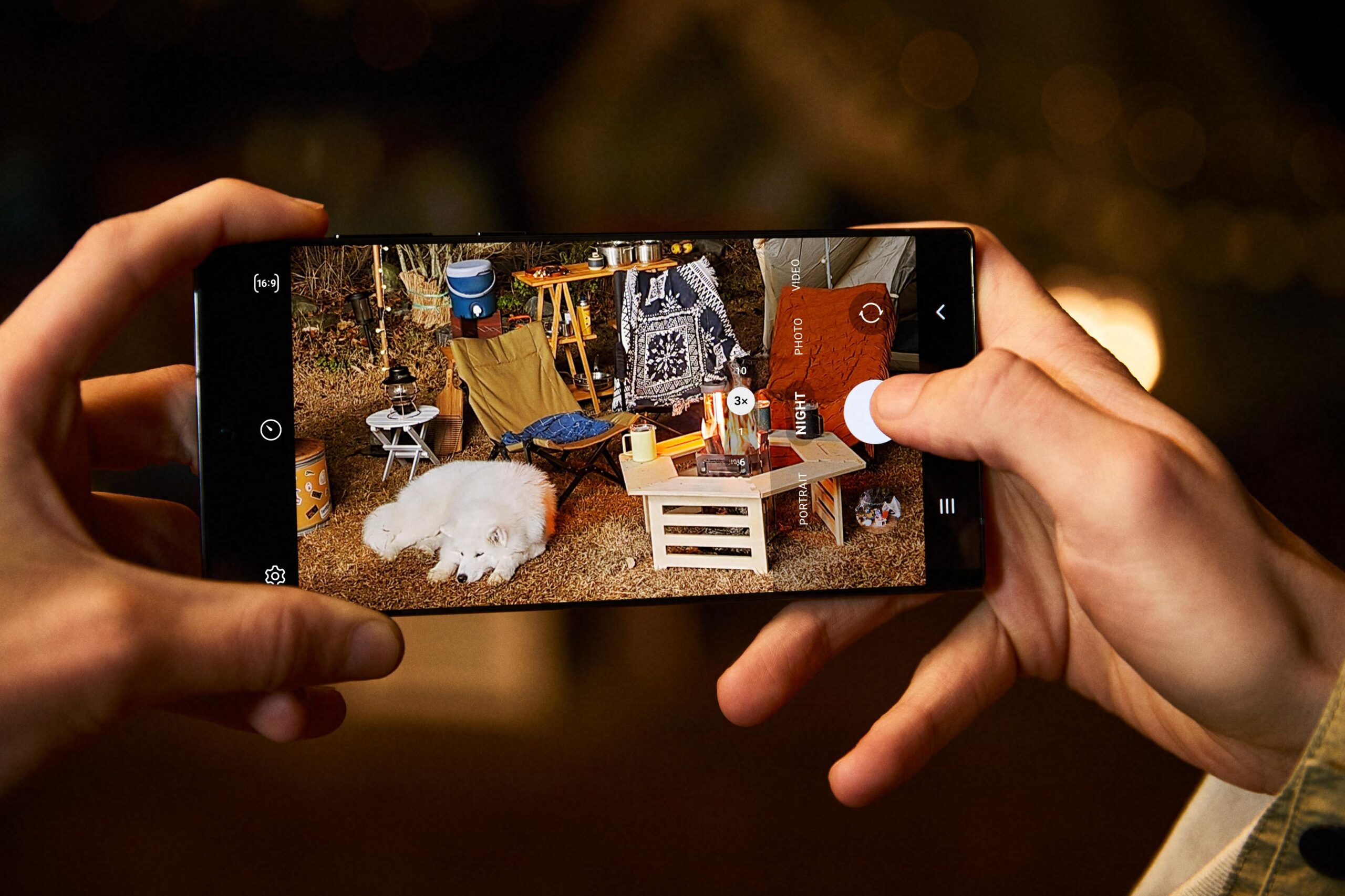108MPx, f/1,8, pixel size 2,4 µm, 10x optical zoom, Super Clear Glass reducing glare - these are just some of the hardware specifications of the camera set of the Samsung Galaxy S22 Ultra smartphone, i.e. the biggest competitor to the iPhone 13 Pro. But the hardware is not everything, because even the newest members of the series with their 12 MPx camera and only 3x optical zoom can beat it. It is also about software.
If we refer to the professional photographic test DXOMark, the iPhone 13 Pro (Max) is in fourth place. In contrast, the Galaxy S22 Ultra reached only 13th place (iPhone 13 then belongs to 17th place). Apart from hardware, it is also about how the chip itself handles image processing, and what software tricks manufacturers use to ensure that the results are of the highest quality. It's all about light, but also about detail.
A15 Bionic
Apple knows all said. He tries to make a sensor with less MPx but with bigger pixels, he also tries to constantly push the performance of his camera lineup by practically every generation of his A chip taking them to a higher level even if the hardware specification is several years old. After all, we could see it with the introduction of the 3rd generation iPhone SE. The latter has a 12MPx camera with f/1,8 aperture from 2017, but it could still learn new tricks. This is precisely because the device is fitted with a newer chip.
So it offers new Smart HDR4, a function that automatically adjusts the contrast, light and skin tones of up to four people on the scene. He adds to that Deep Fusion. This function, on the other hand, analyzes pixel by pixel at different exposures, especially in the dark, and tries to render even the finest details and various textures. Added to that were photographic styles, which were introduced with iPhone 13 and were available exclusively on them. Even in the iPhone SE 2nd generation, compared to the iPhone 8, portraits with many lighting options have been added.
So mobile photography in particular is definitely not just about technology and the paper specifications of available cameras. It also applies to software processes that we cannot see. Thanks to this, the results of the portrait mode are gradually improved, which also makes night photos much more usable. But the most important thing - you - has to be added to this. It is still said that at least 50% of a quality photo is the person who pulls the trigger.
It could be interest you

Samsung
Of course, the competition is also trying in the field of software. At the same time, we don't have to go far and can look directly at the direct competition from Samsung. For example, the 108 MPx camera in the latest Ultra models relies on pixel binning (Samsung calls the function Adaptive Pixel), i.e. the software merging of a block of pixels that then behave as one and thus capture more light while maintaining the maximum level of detail. After all, it is expected that Apple will come up with something similar for the iPhone 14 series, only it will be 48 MPx, where four pixels will be combined into one block and this will again produce a 12 MPx photo. E.g. But the Galaxy S22 Ultra combines 9 of them, so it has a resulting "pixel" size of 2,4 µm, while one in the iPhone 13 Pro has a size of 1,9 µm for the wide-angle camera.
Then there is a need for processing Low noise, which is supposed to help you from noise, so that the resulting image is clean and detailed. Technology Super Night Solution in turn, it intelligently illuminates the scene for night portraits. Detail Enhancer on the contrary, it adjusts shadows and emphasizes depth. AI Stereo Depth Map then it facilitates the creation of portraits, where people should look better than ever before and all details should be perfectly clear and sharp thanks to sophisticated algorithms.
It could be interest you
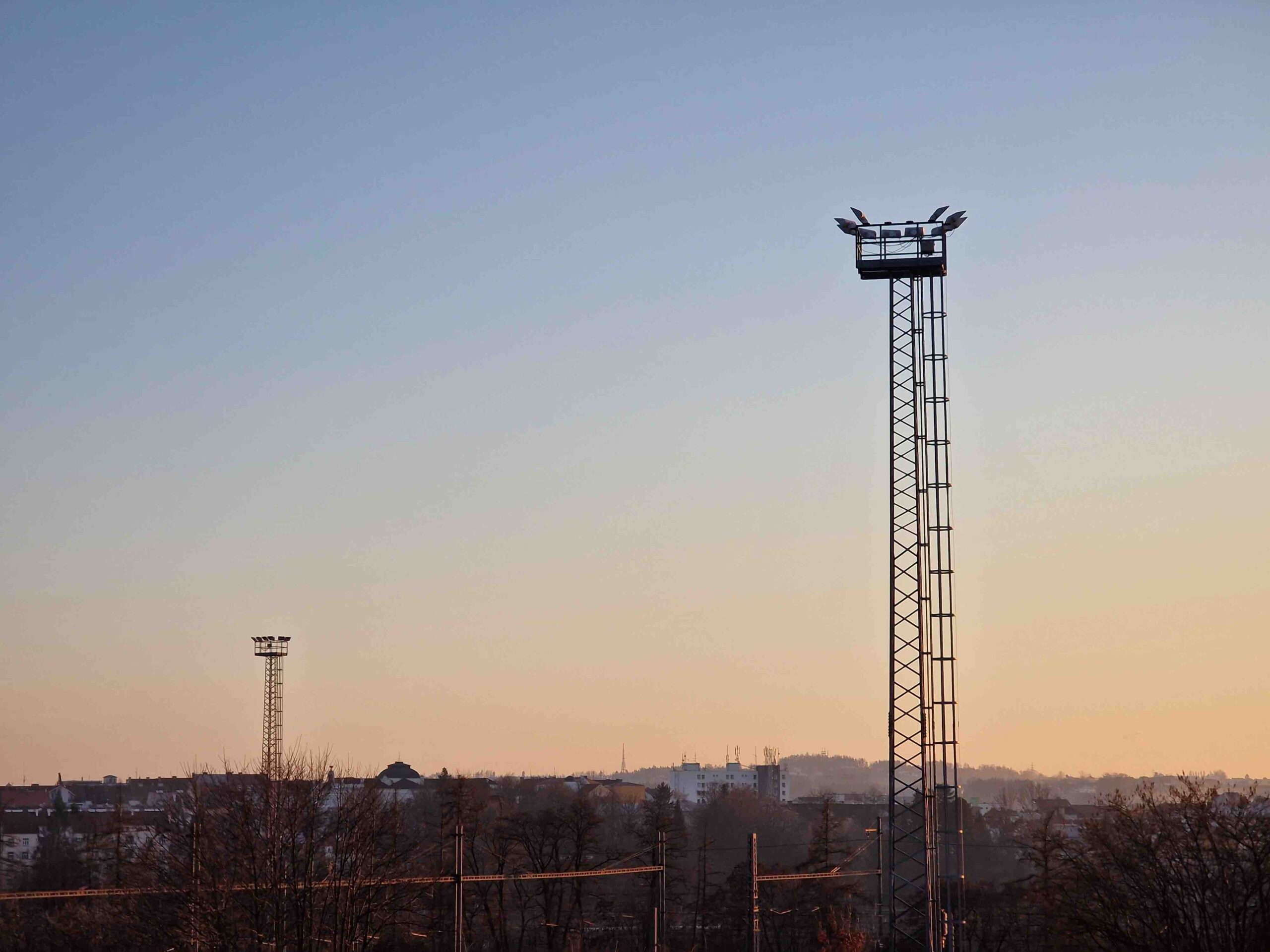
Huawei
In the case of the Huawei P50 Pro, i.e. the current king of mobile photography, the image engine is on the contrary present True Chroma. This is an improved ambient light sensing system and a wide P3 color gamut setting that covers more than 2 colors, reproducing the world in all its true colors. Well, at least according to the words of the company. HUAWEI XD Fusion Pro it is actually just an alternative to Deep Fusion. So behind every photo there are really many processes, which are taken care of by many algorithms and last but not least by the chip itself.
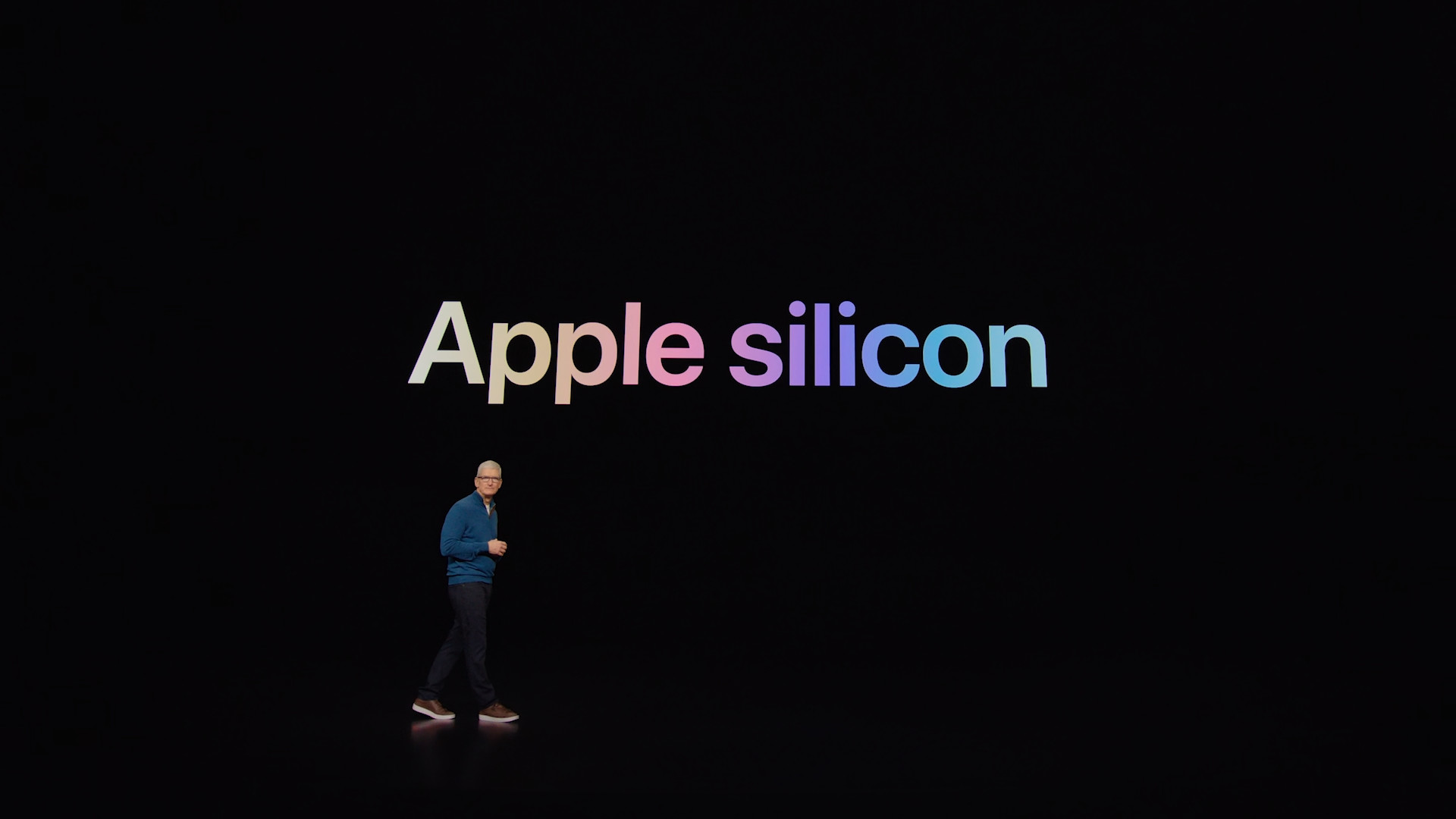



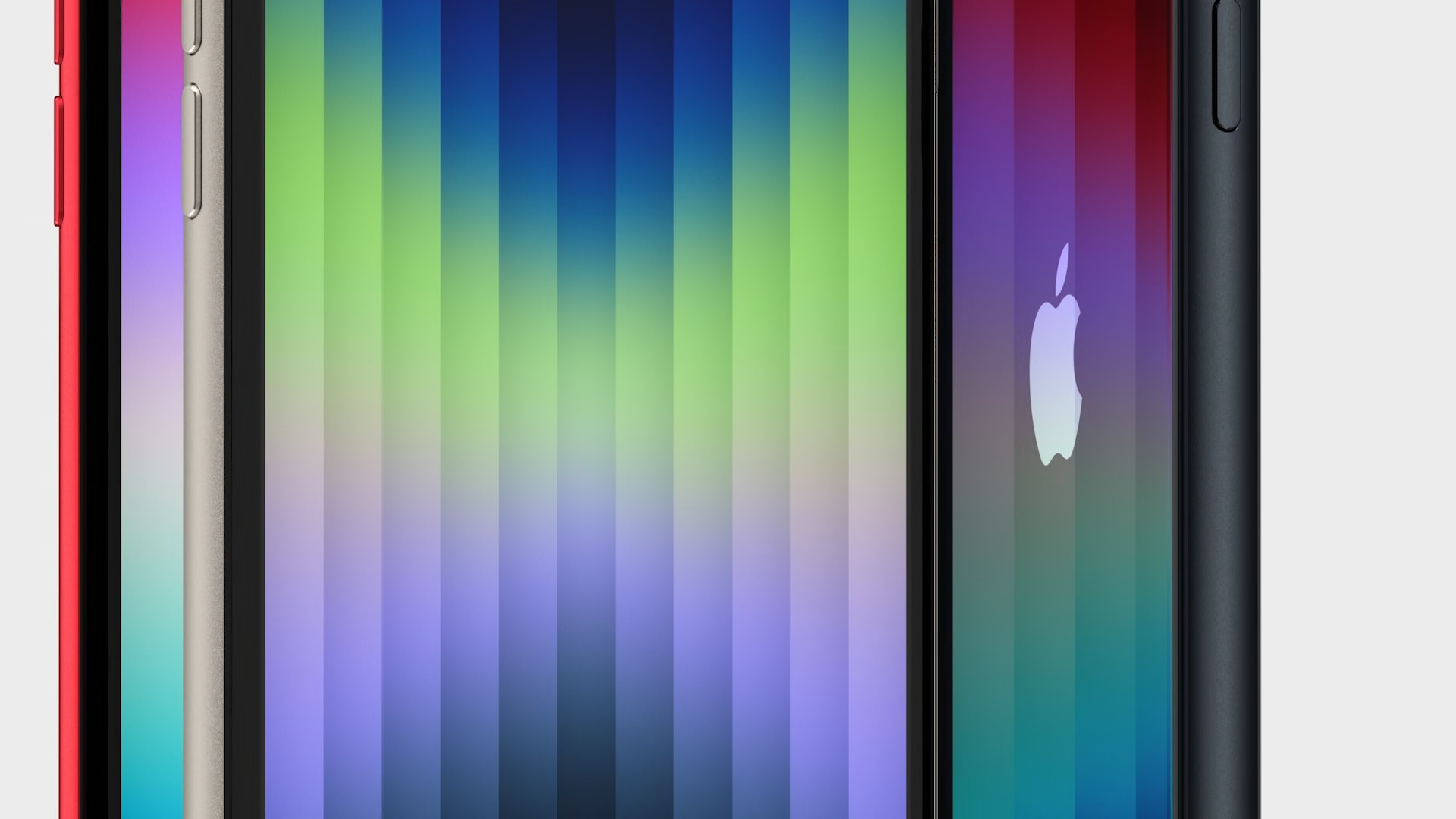
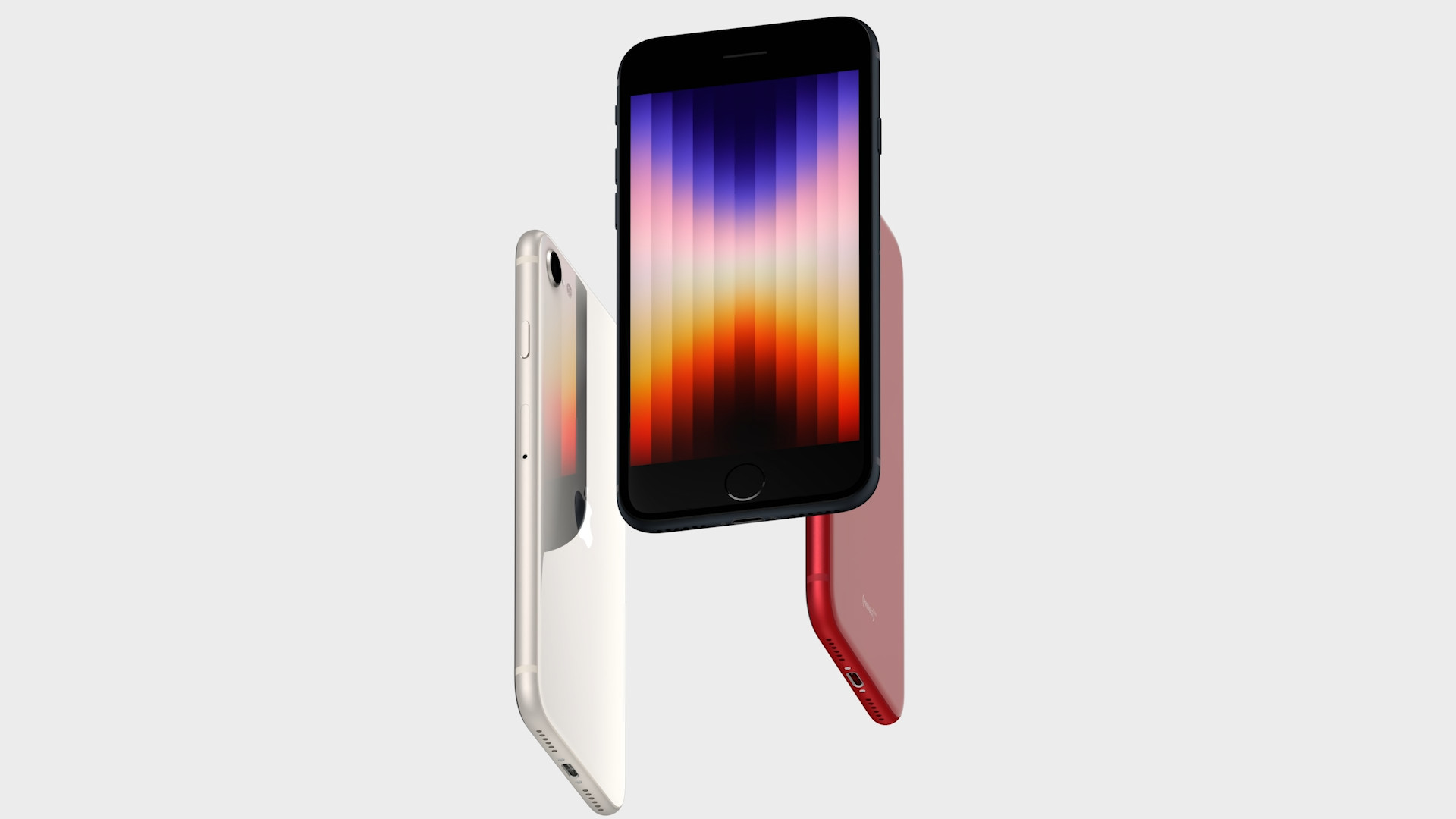
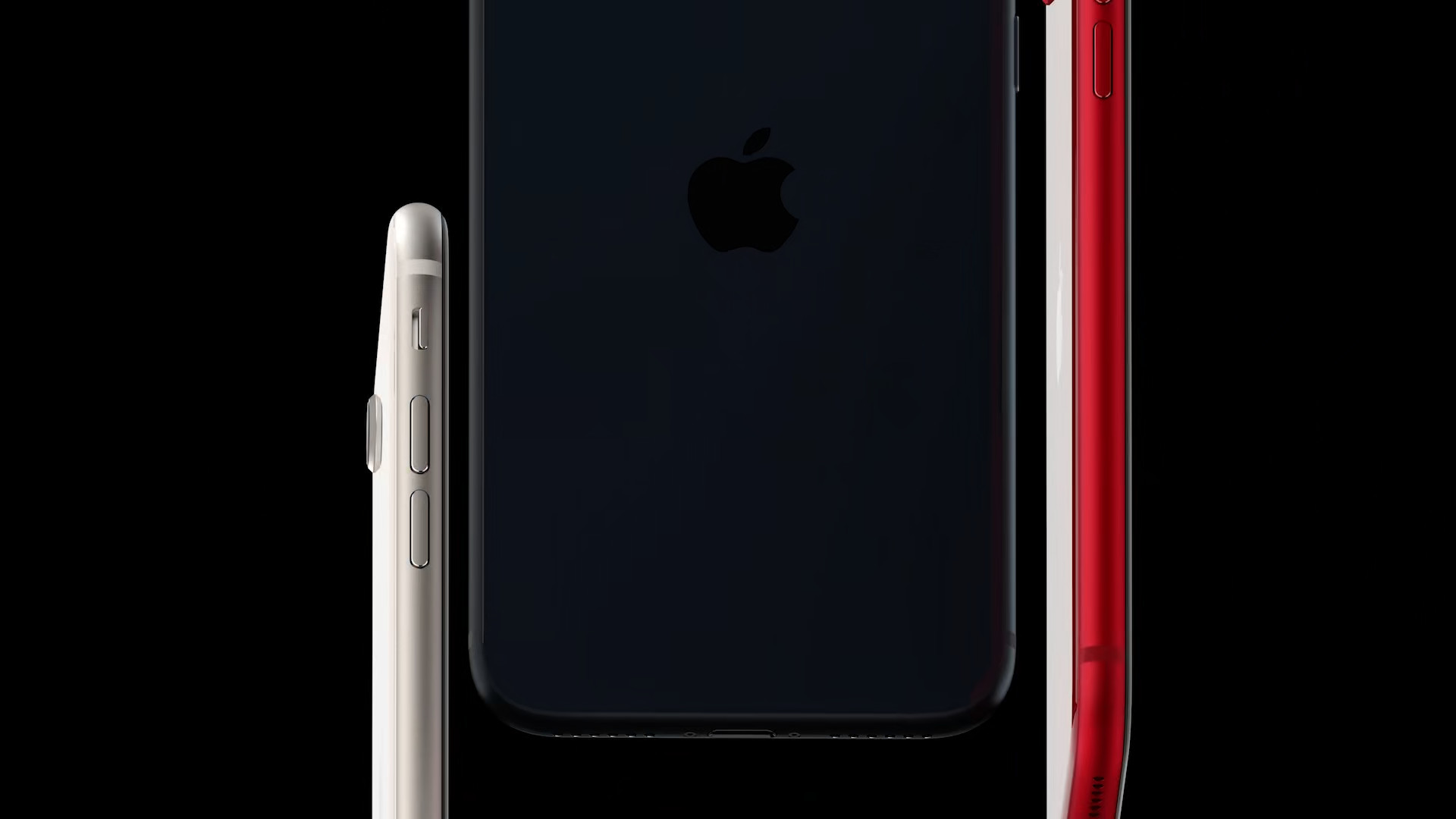
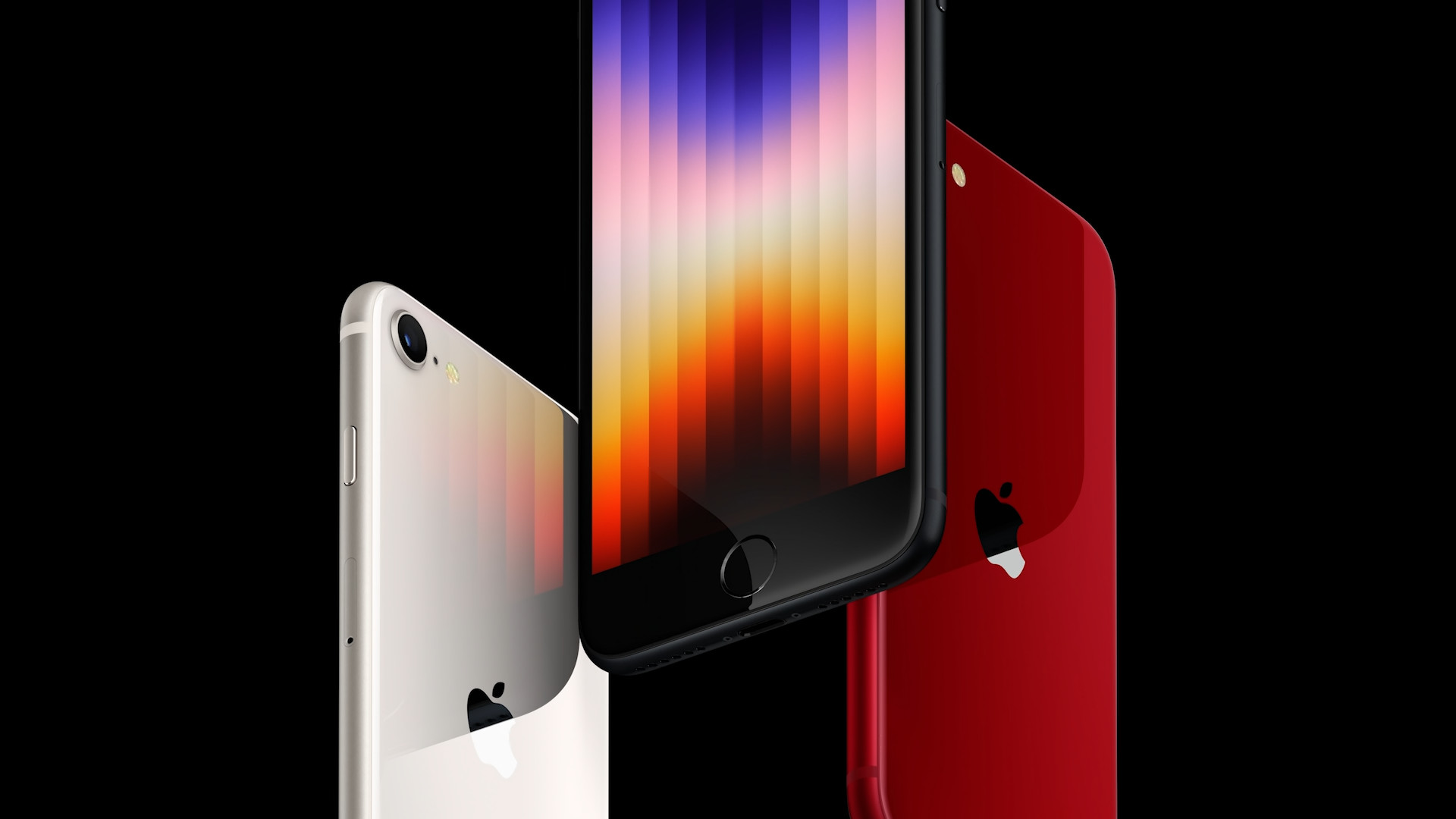
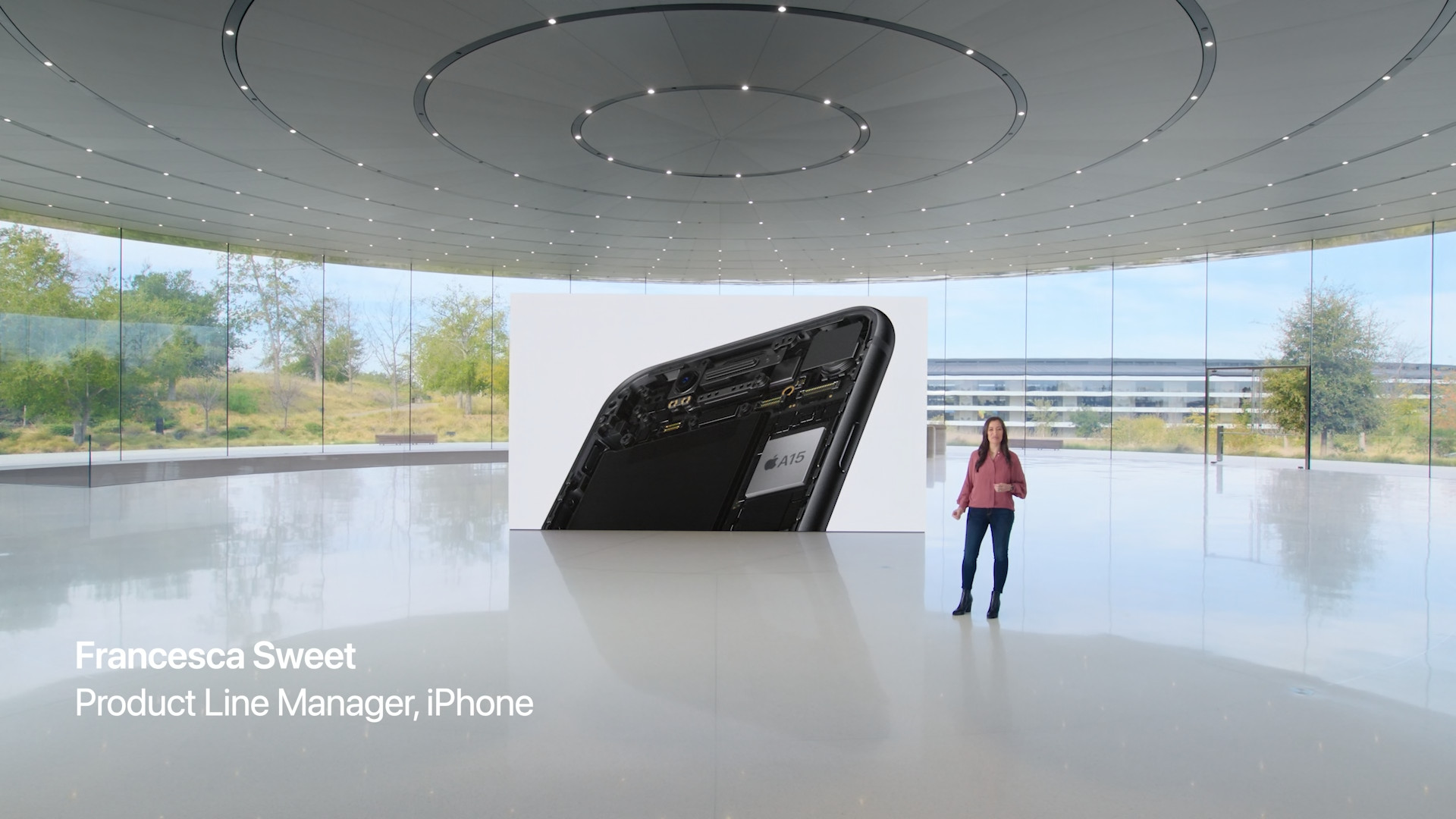

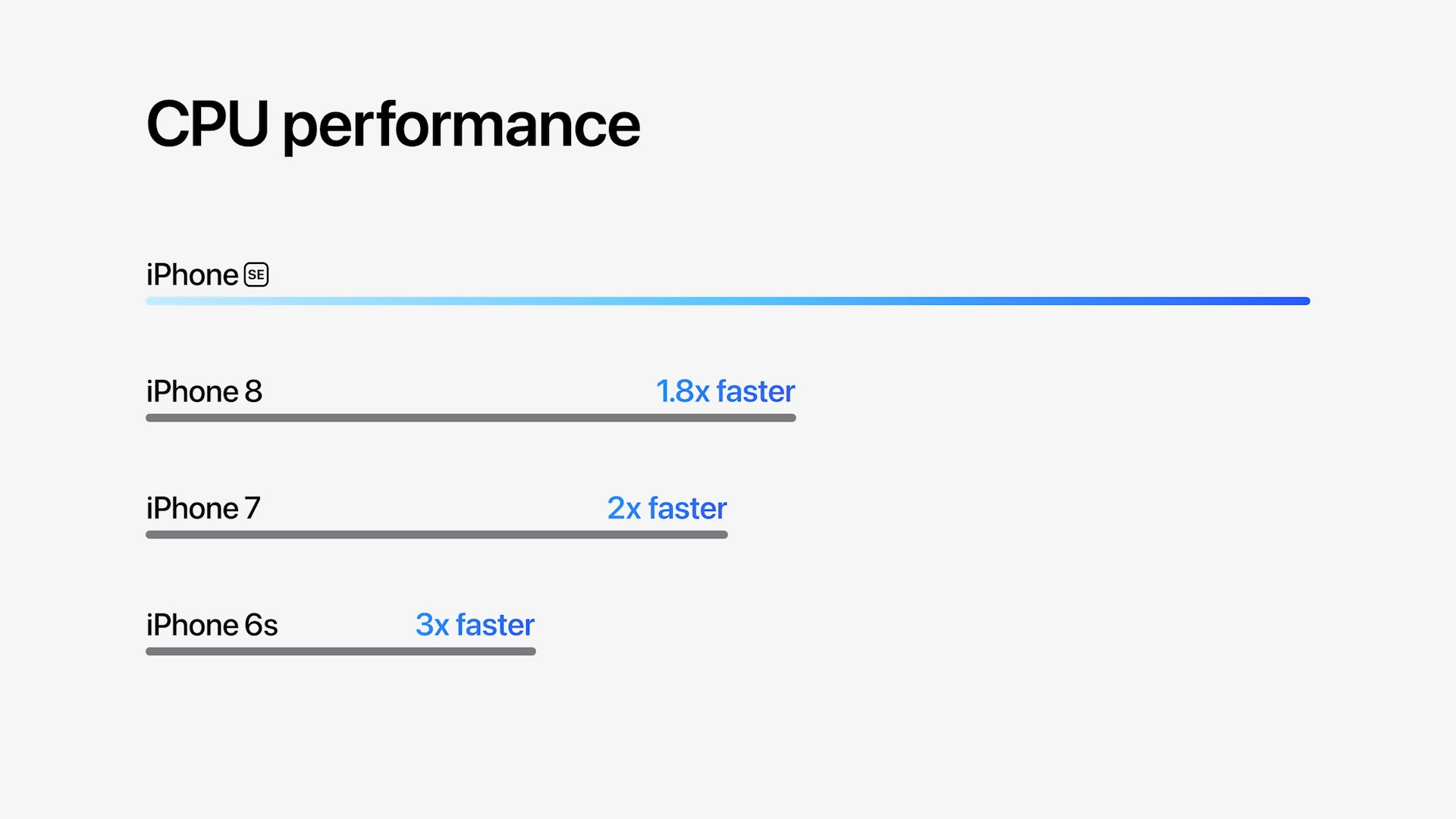


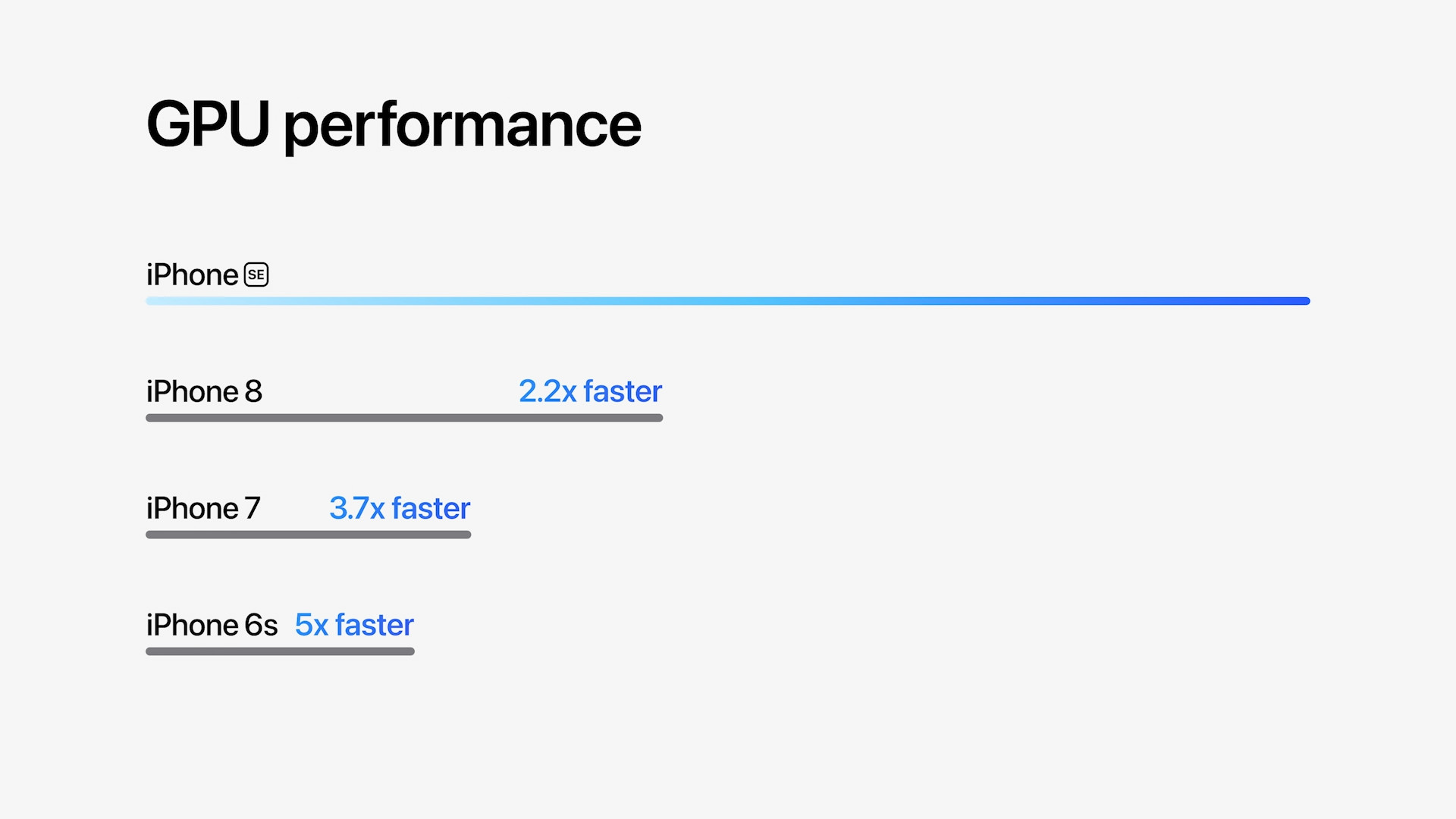
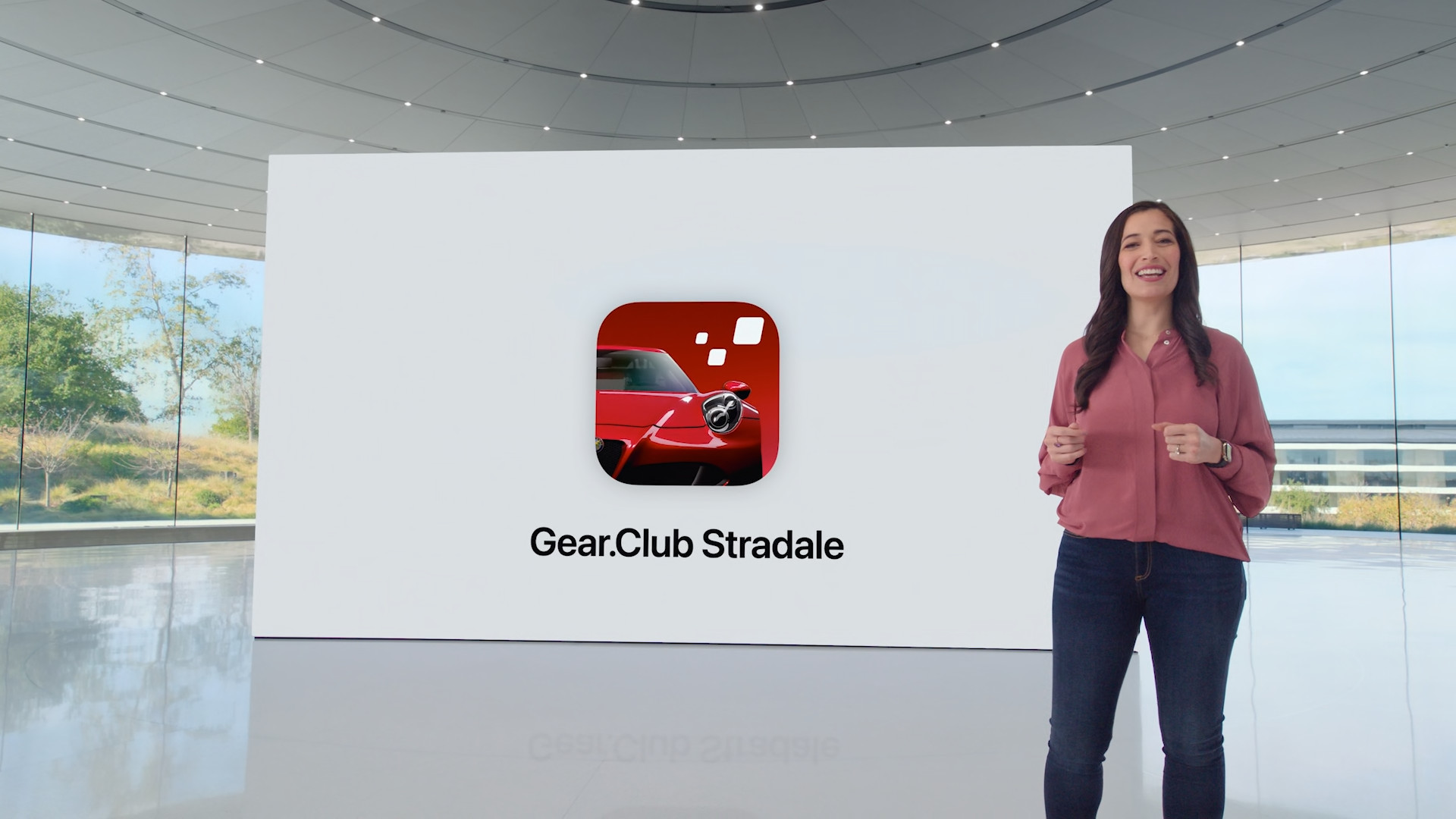

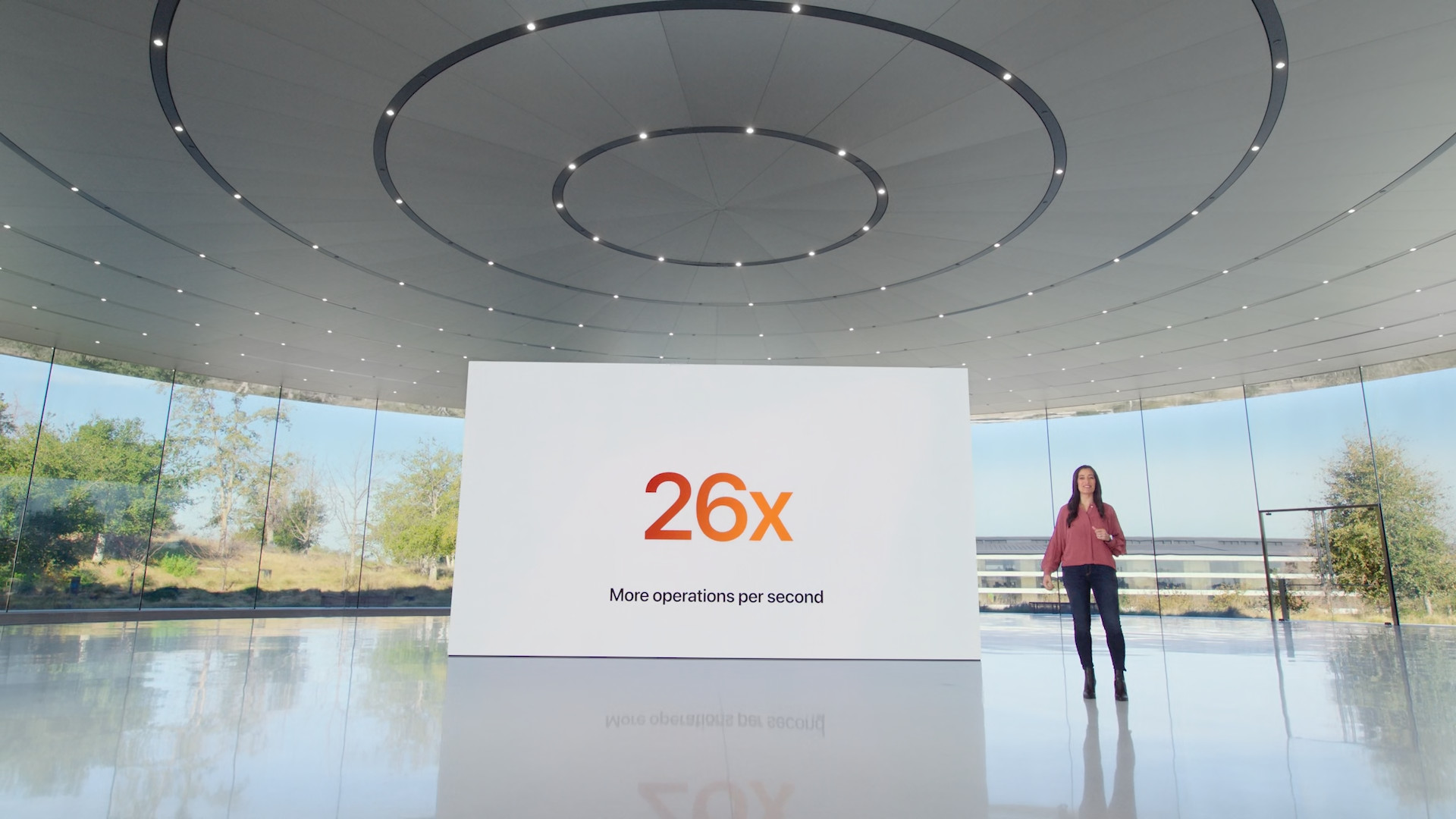
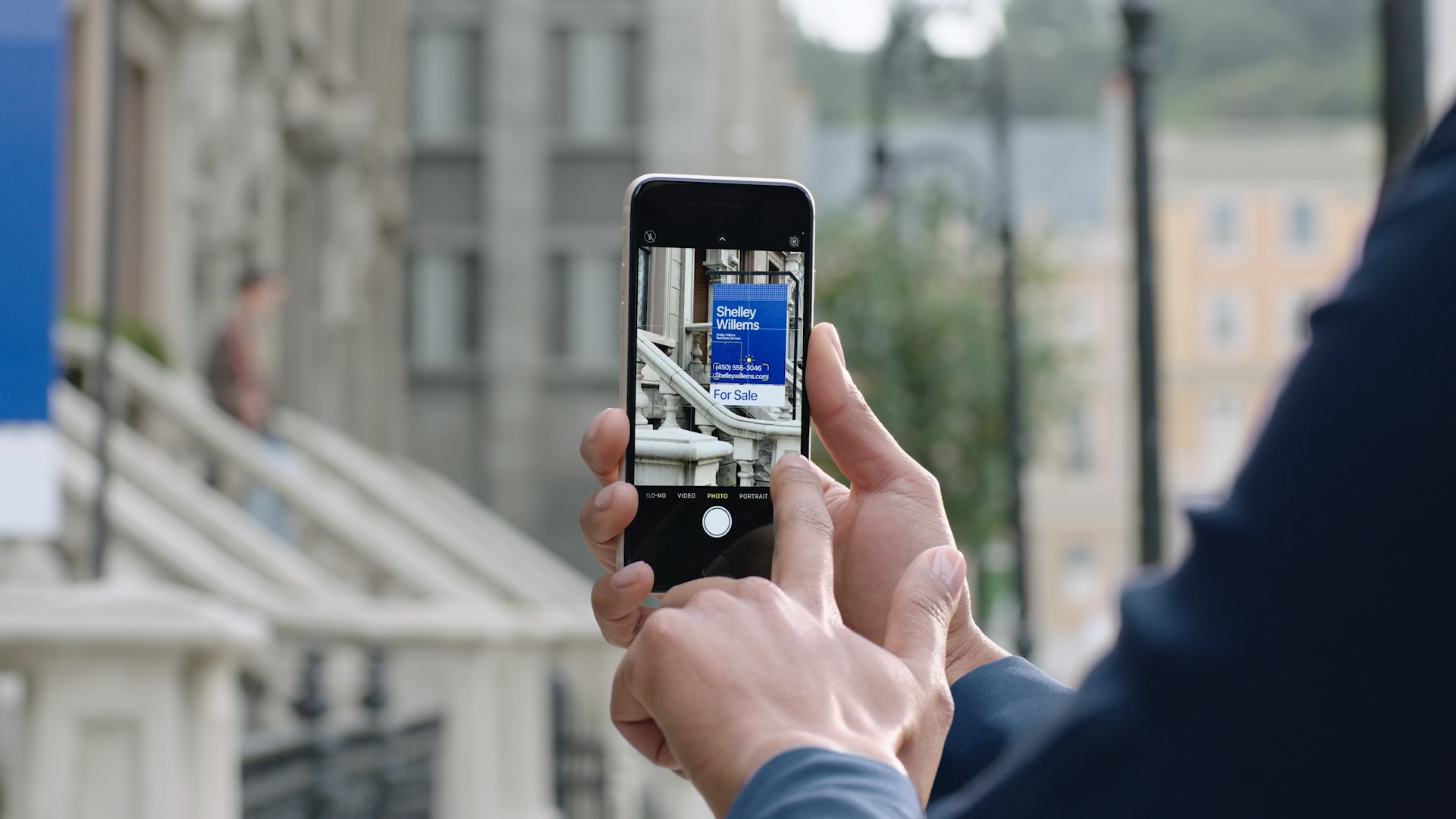
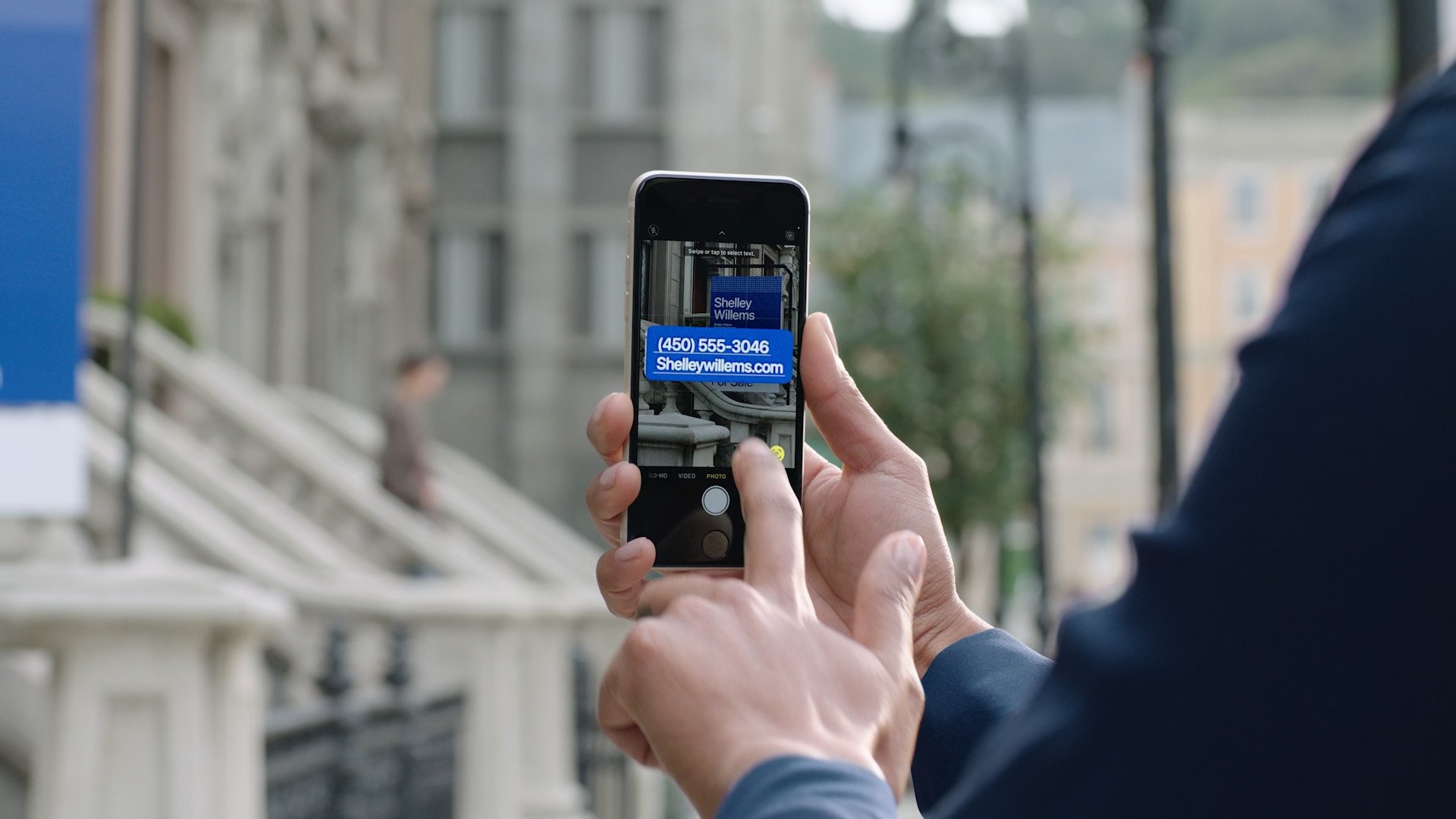
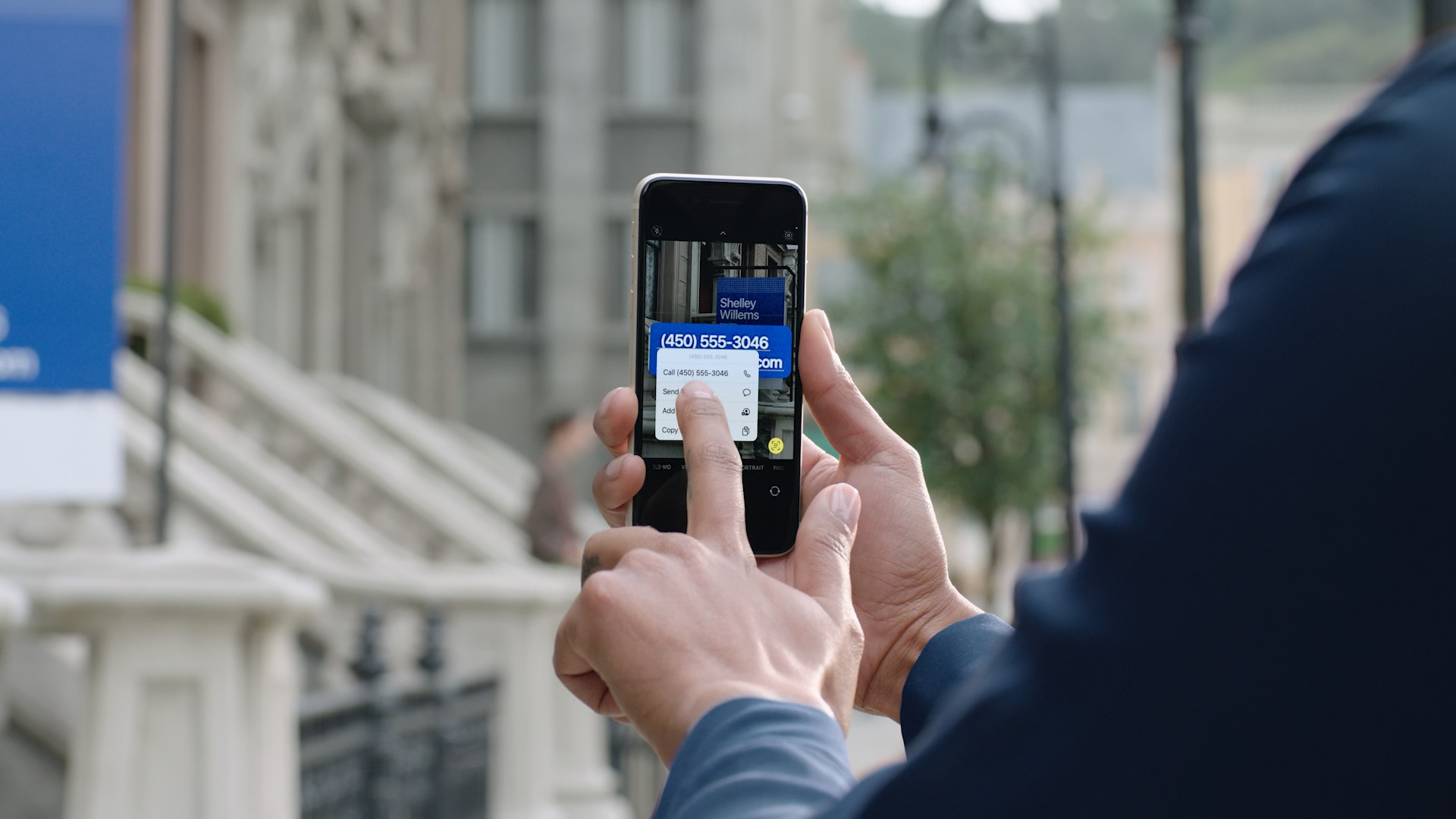
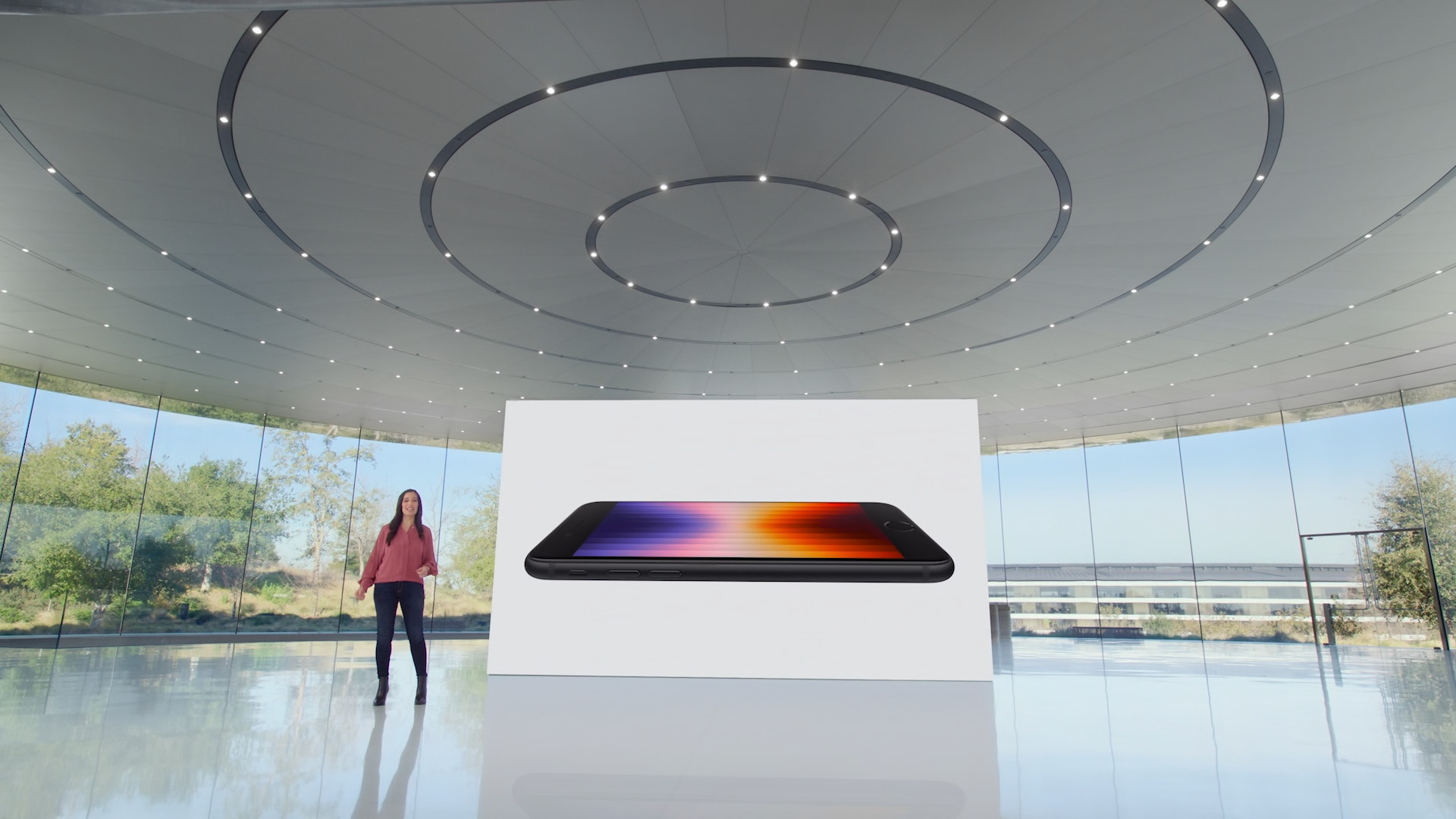

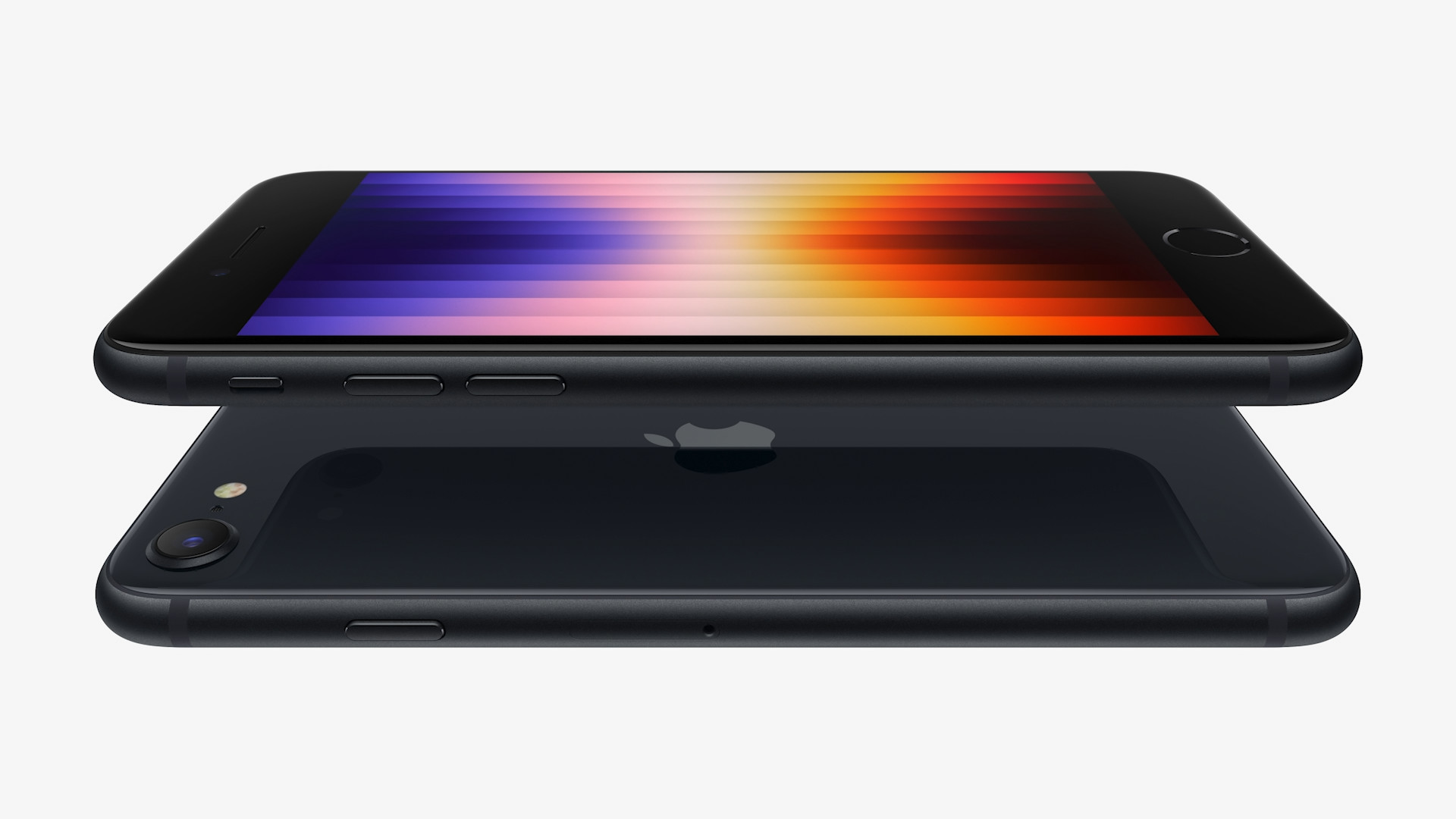
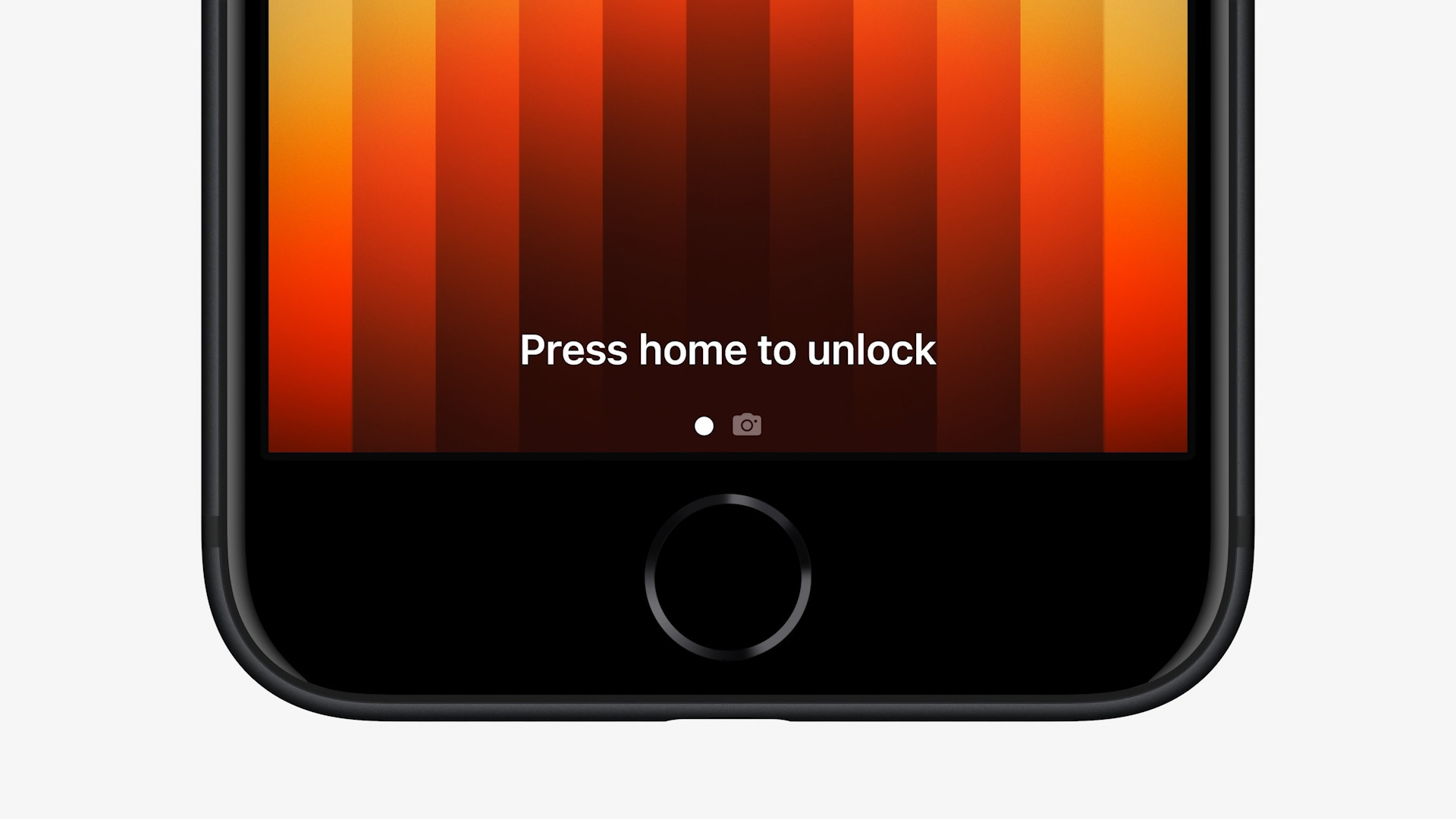
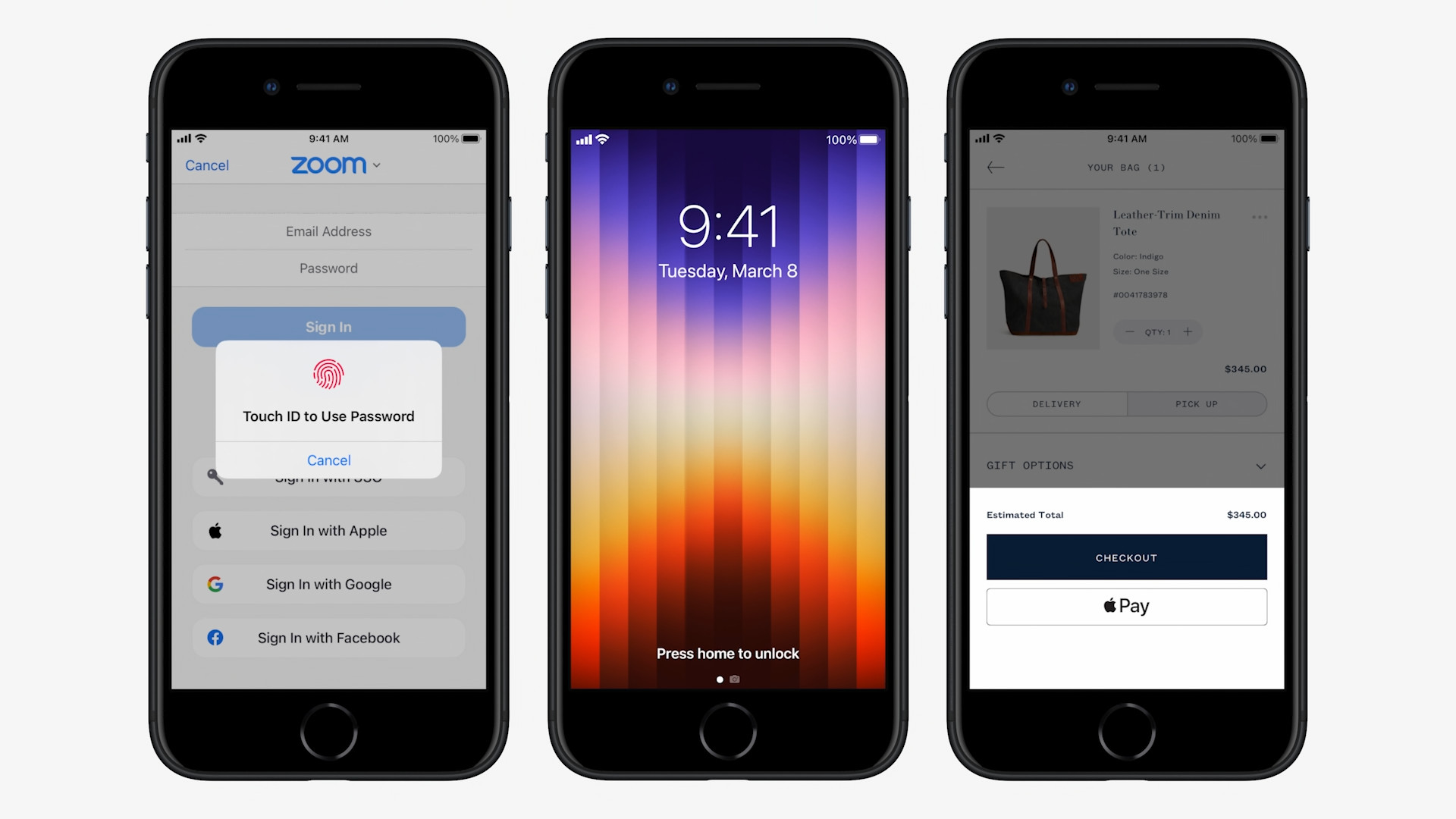
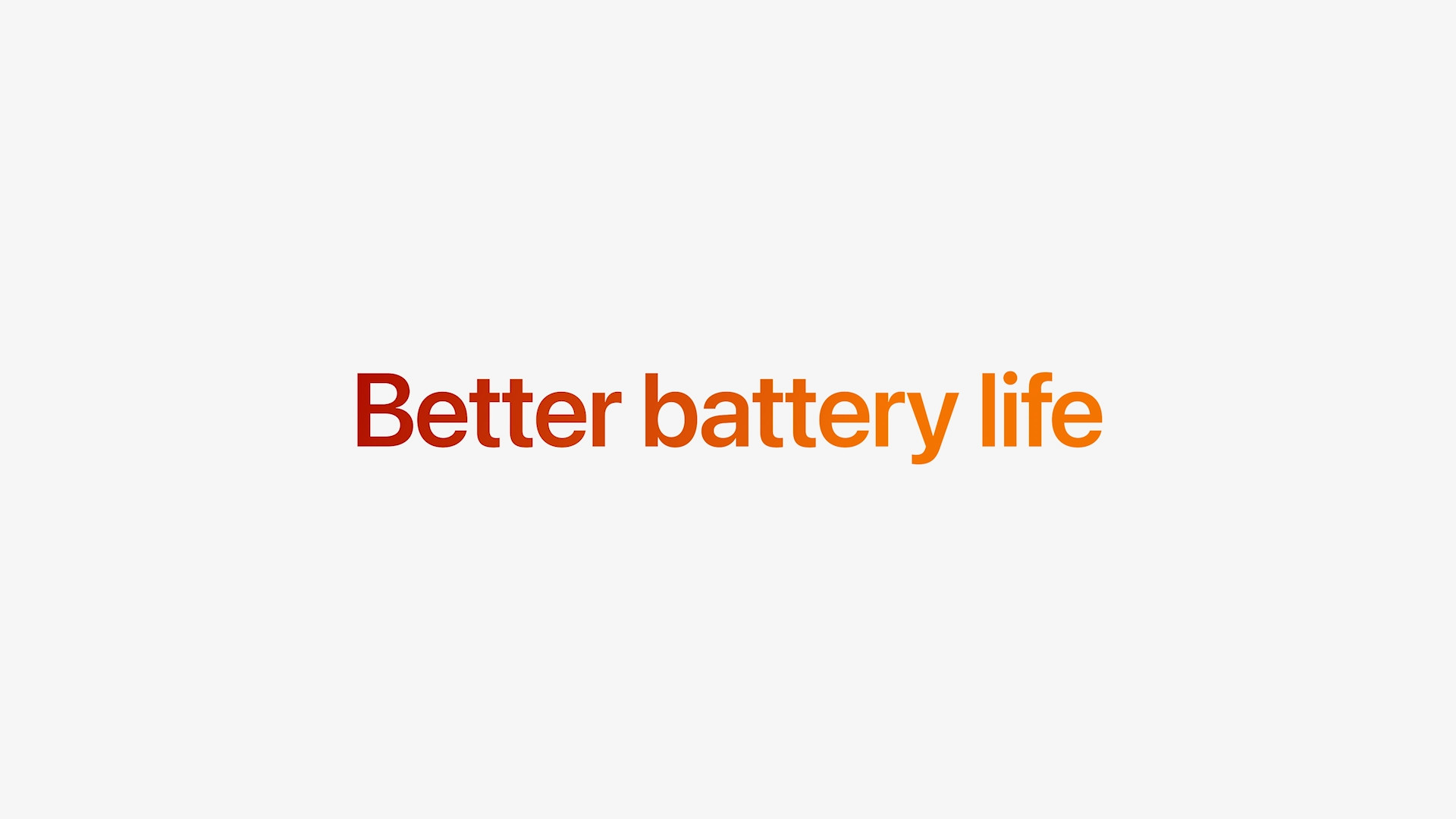
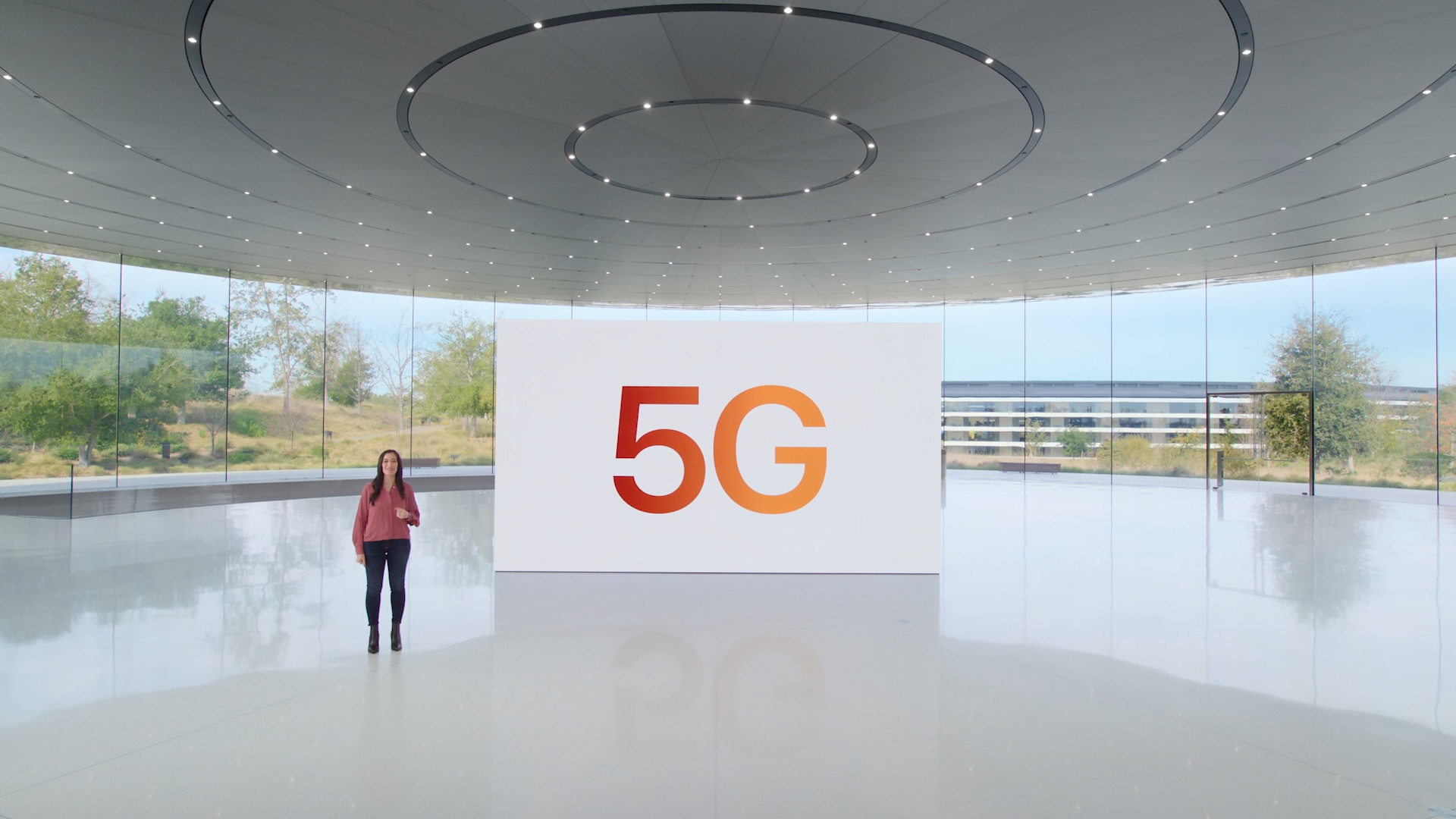
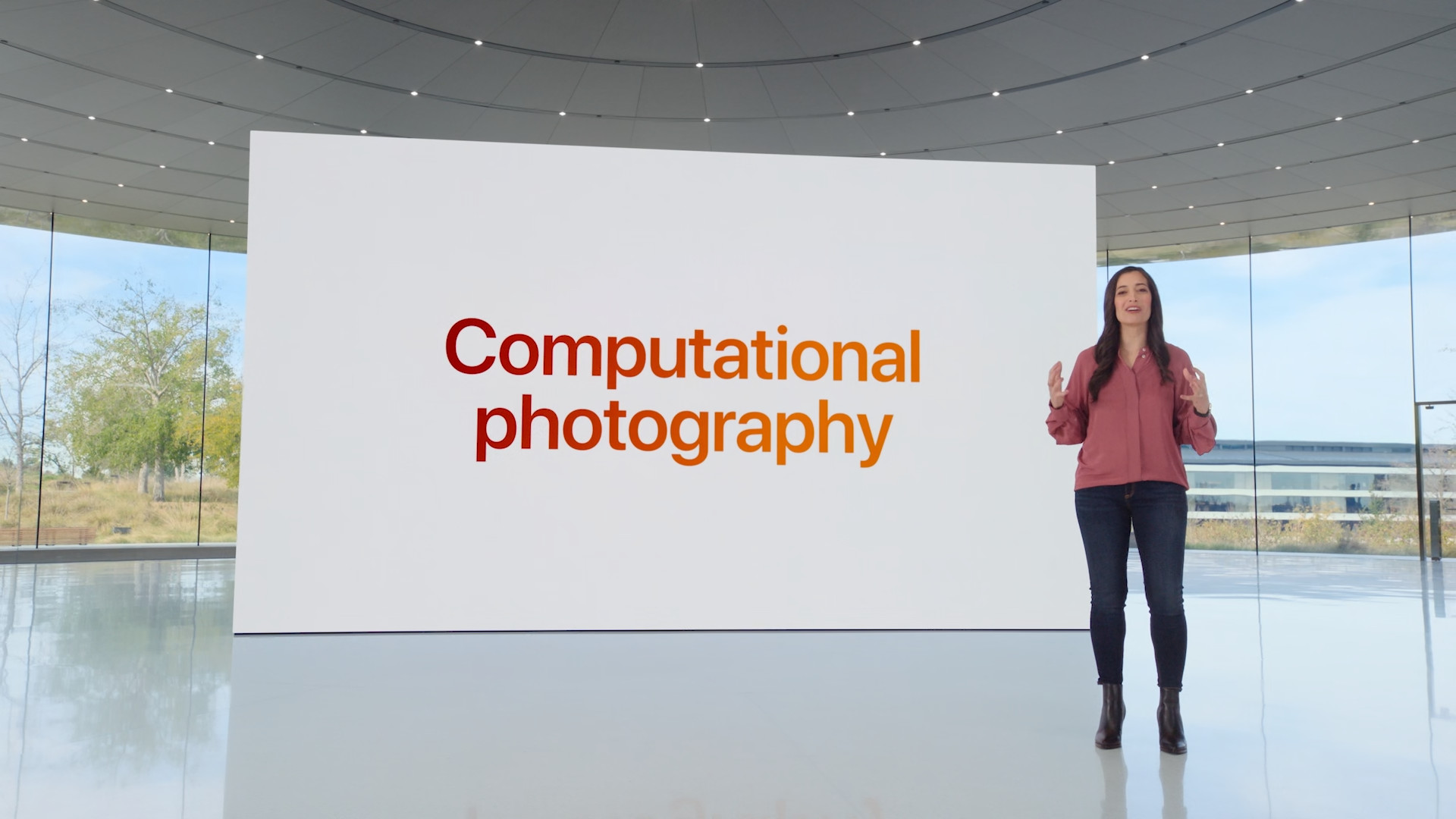
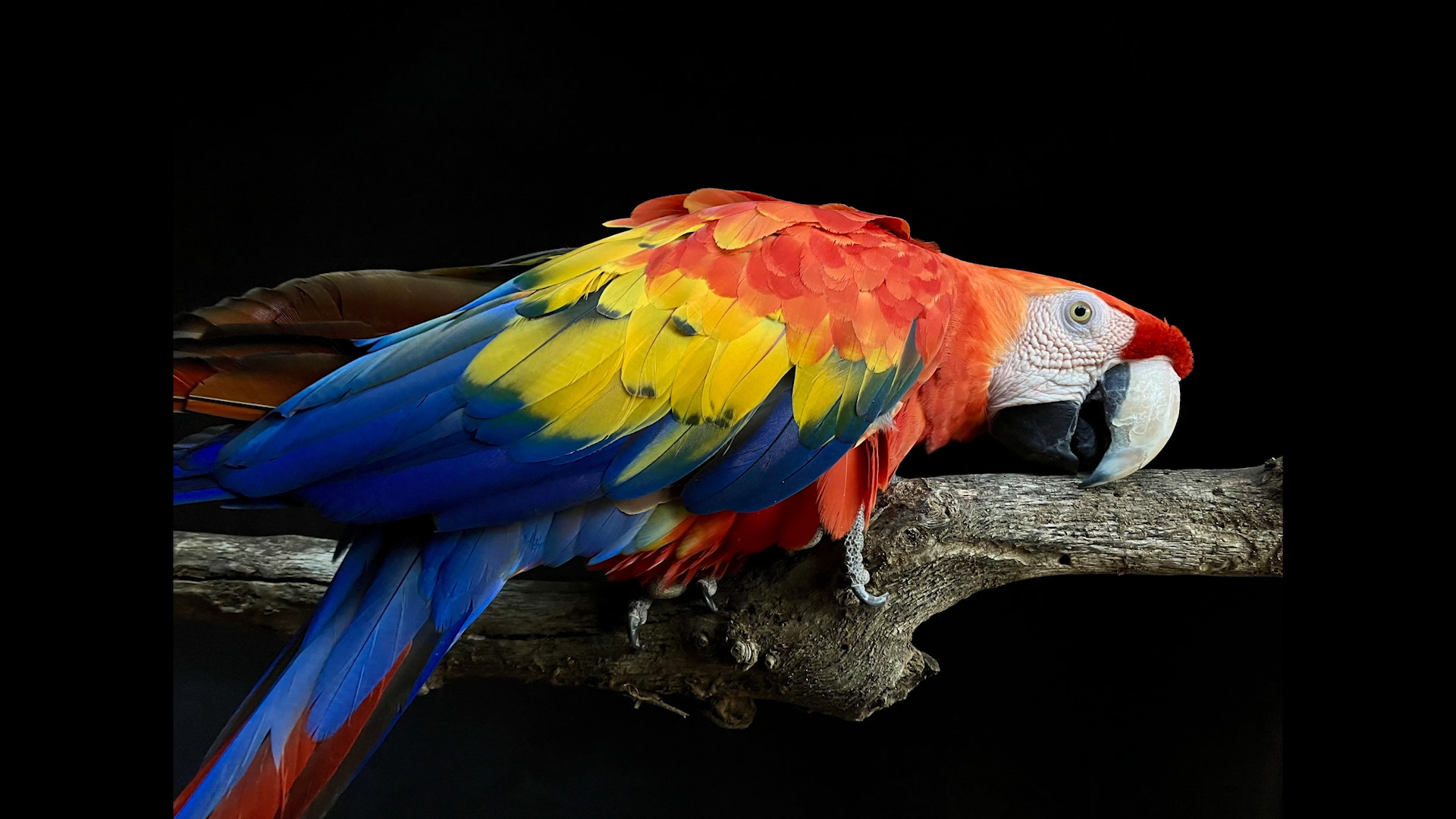
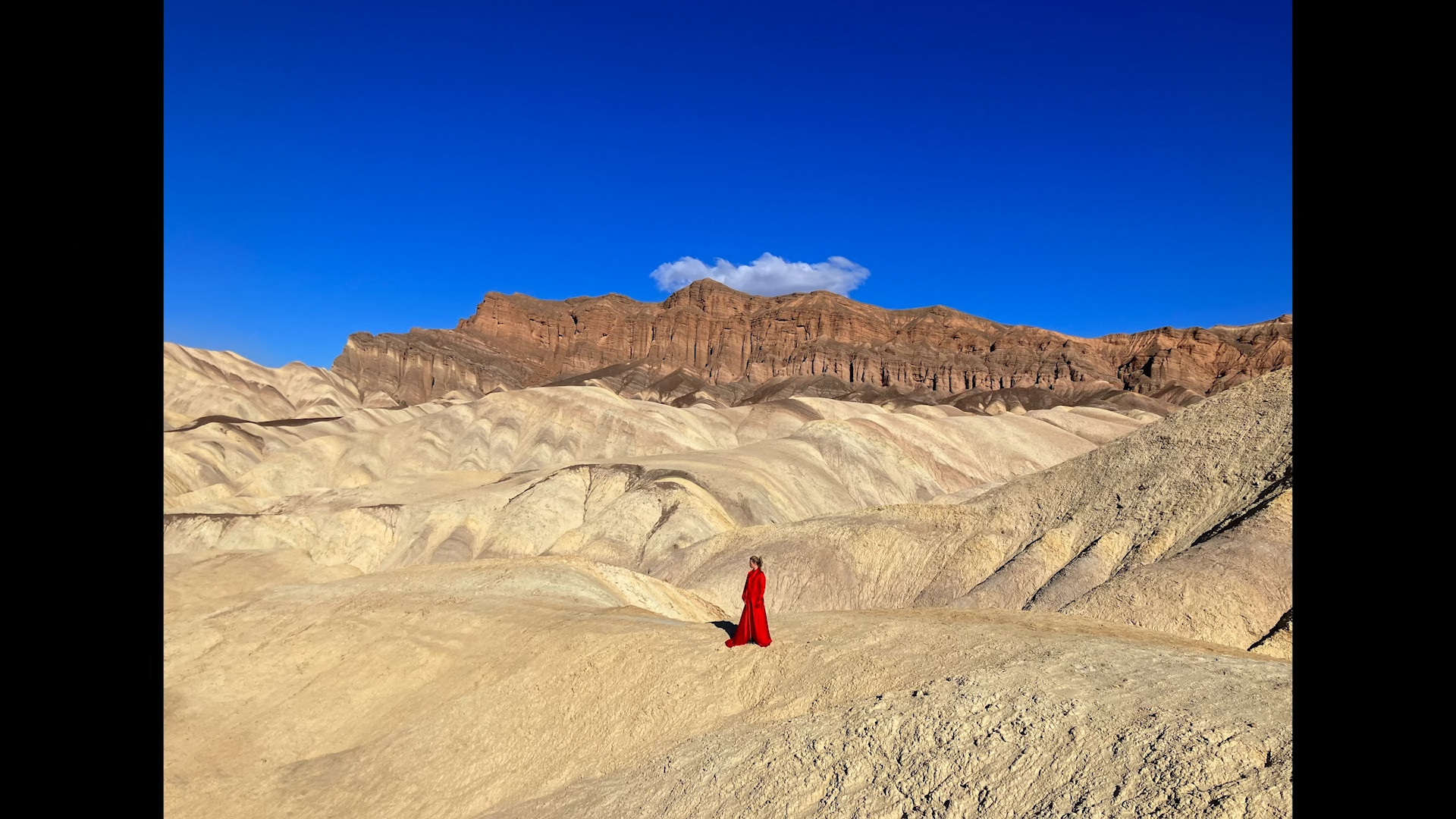
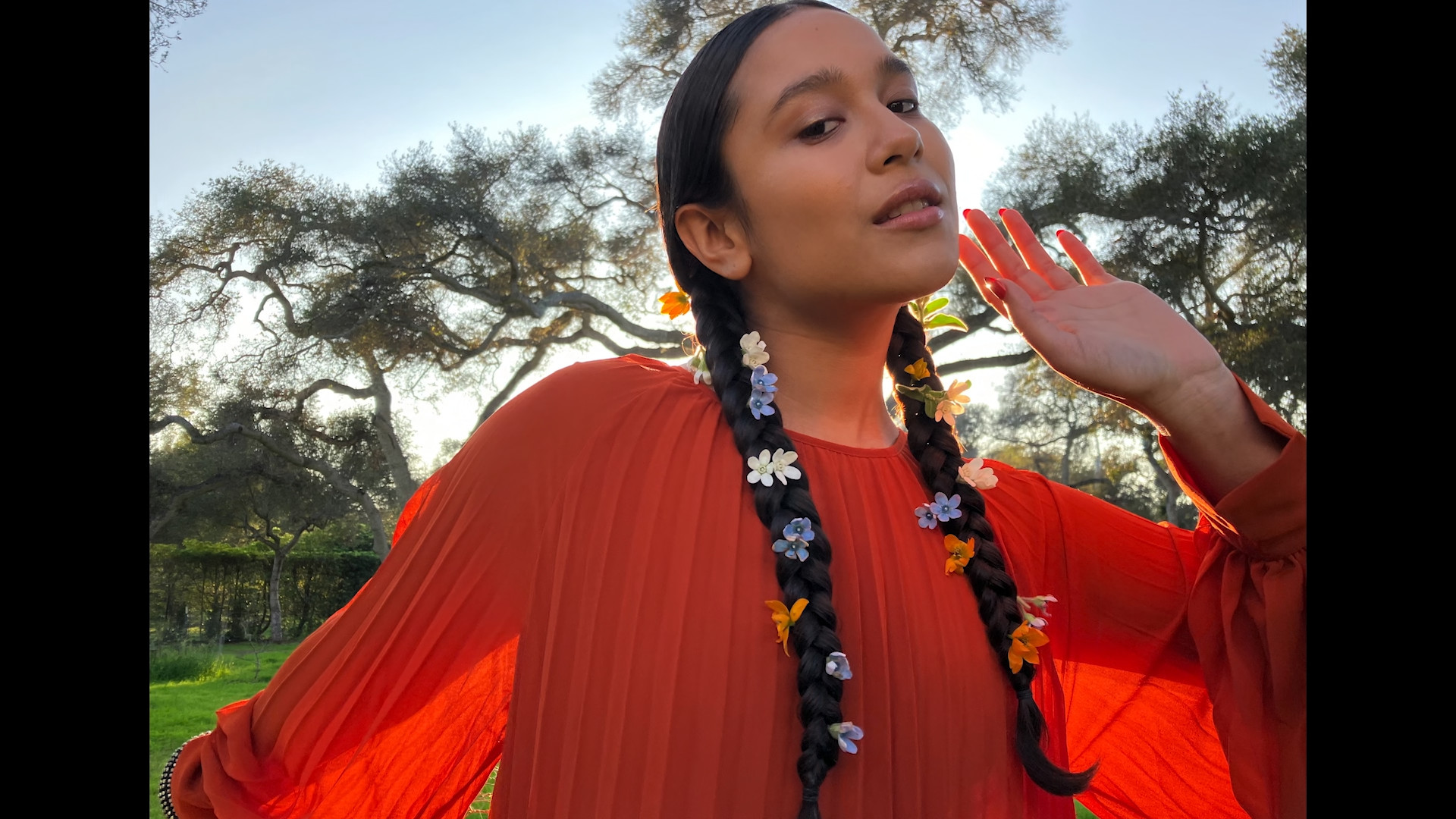
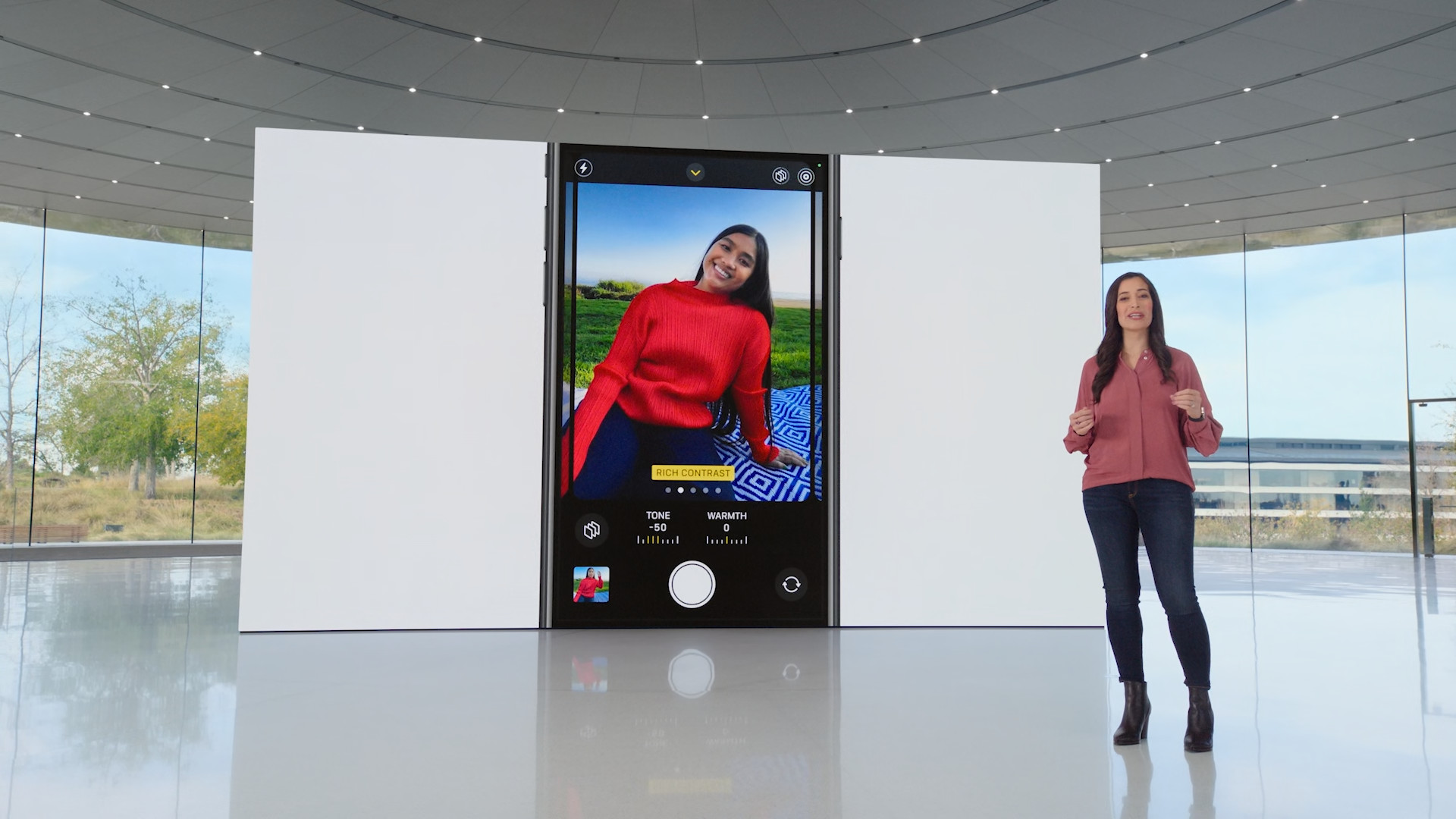
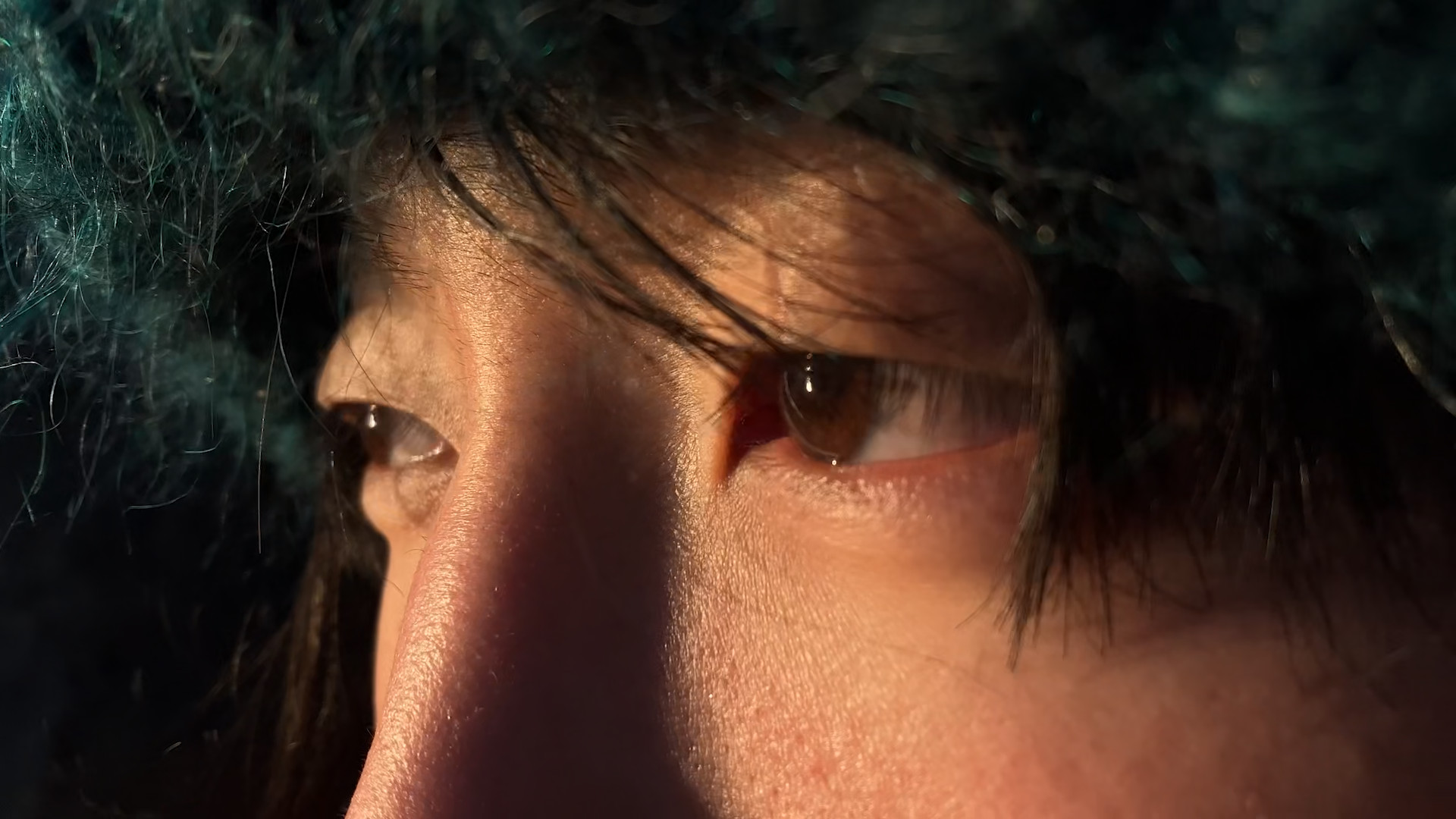
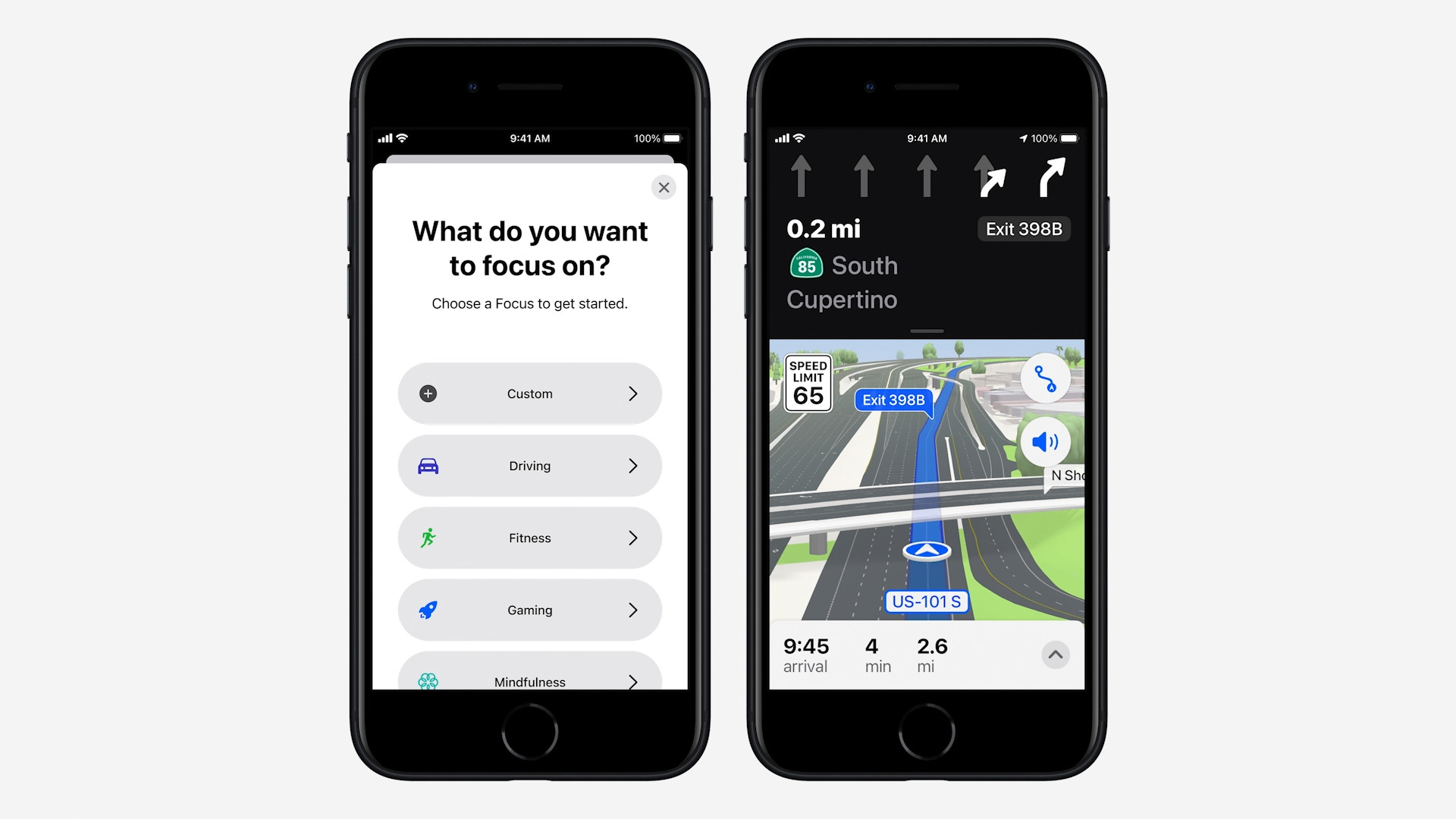
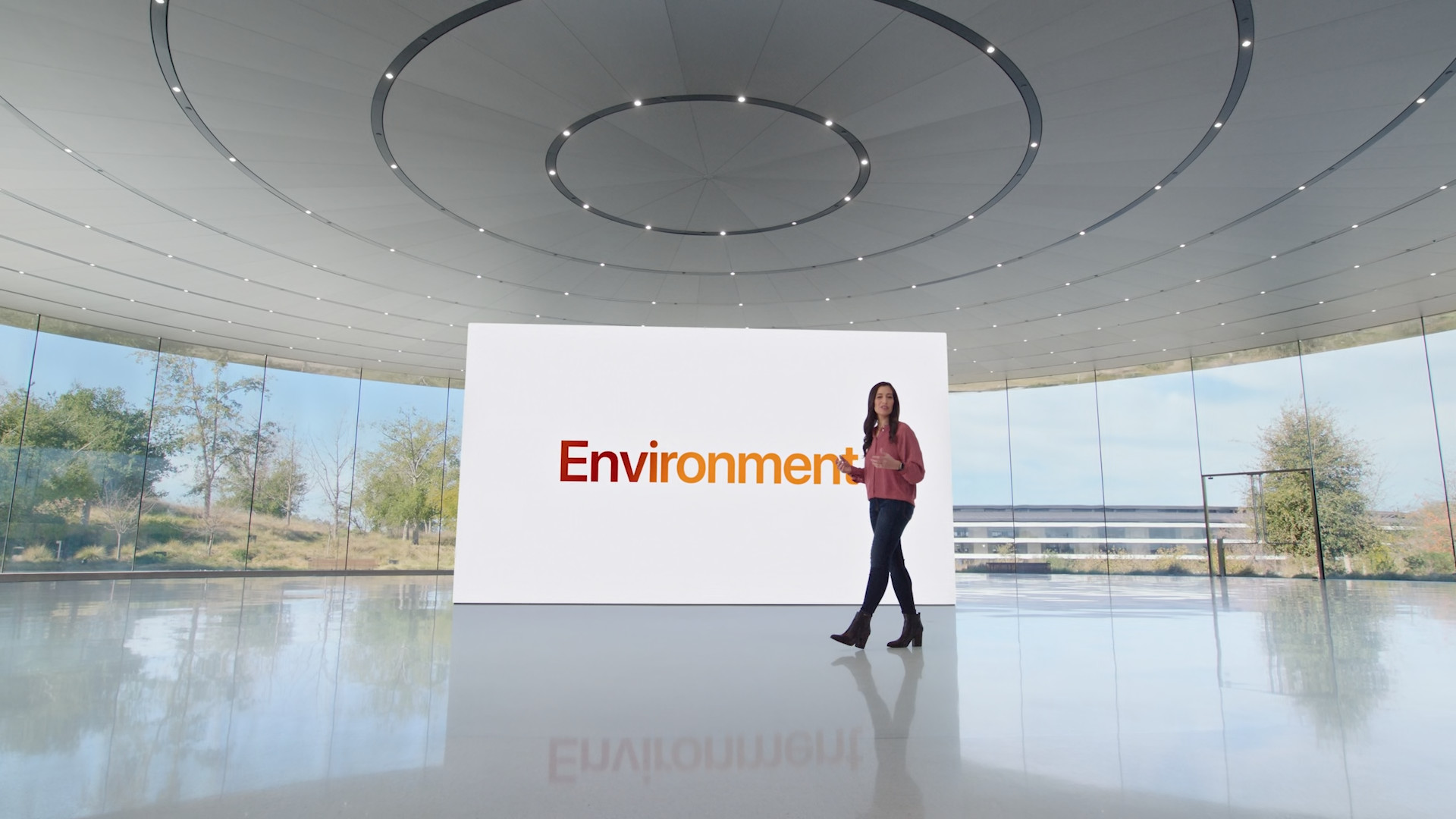

 Adam Kos
Adam Kos 